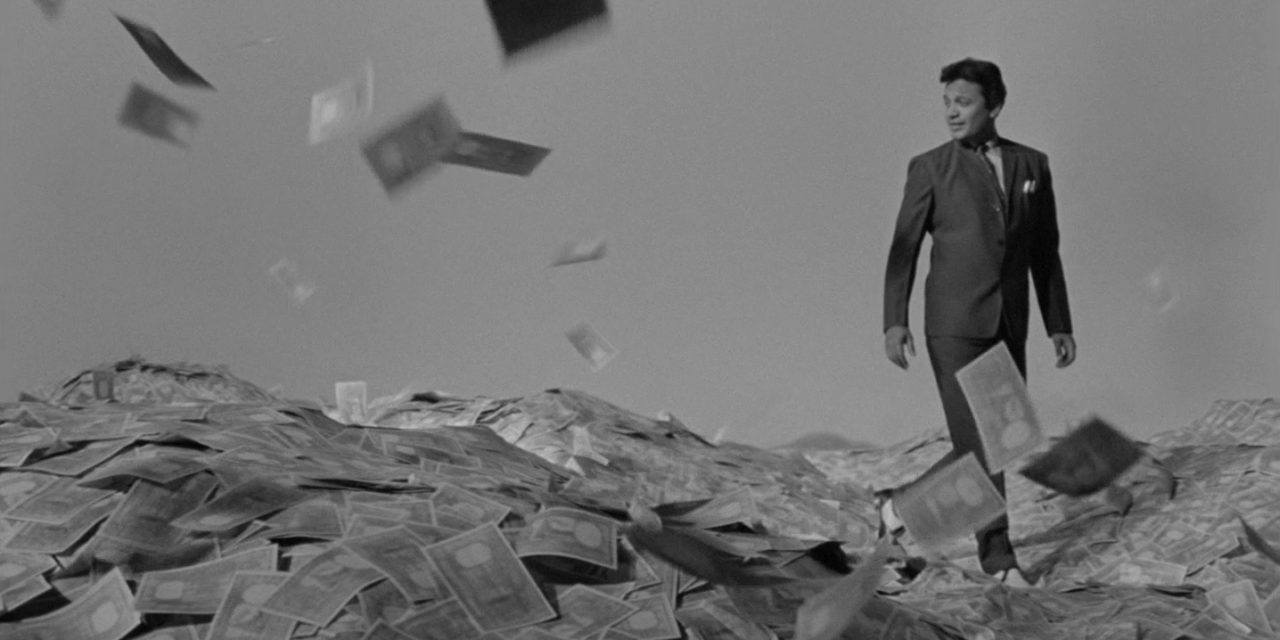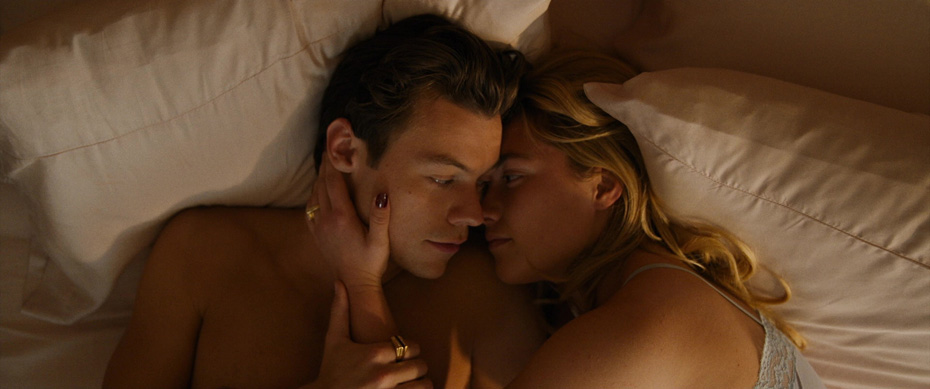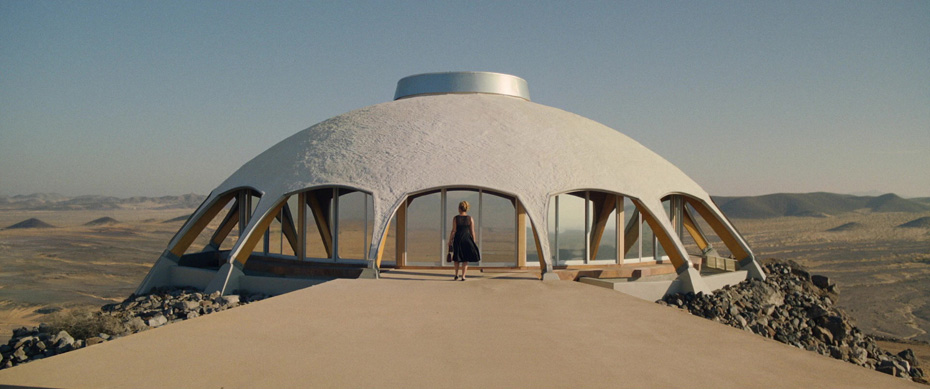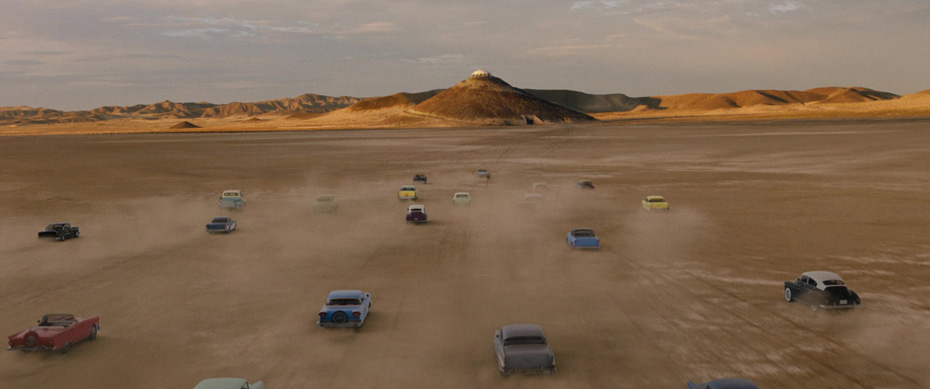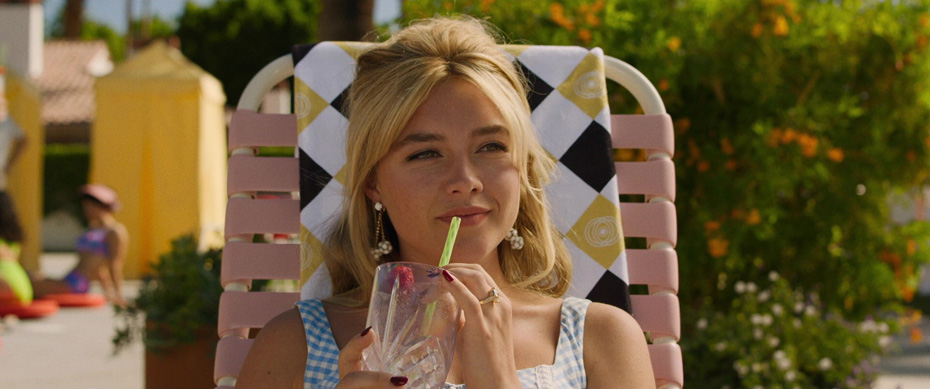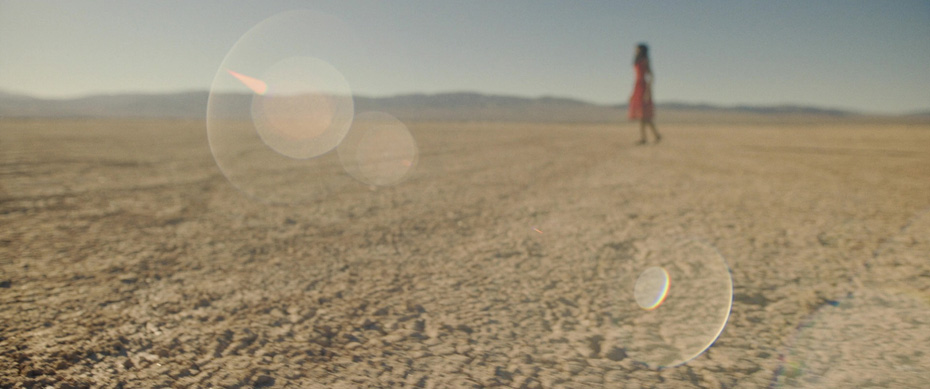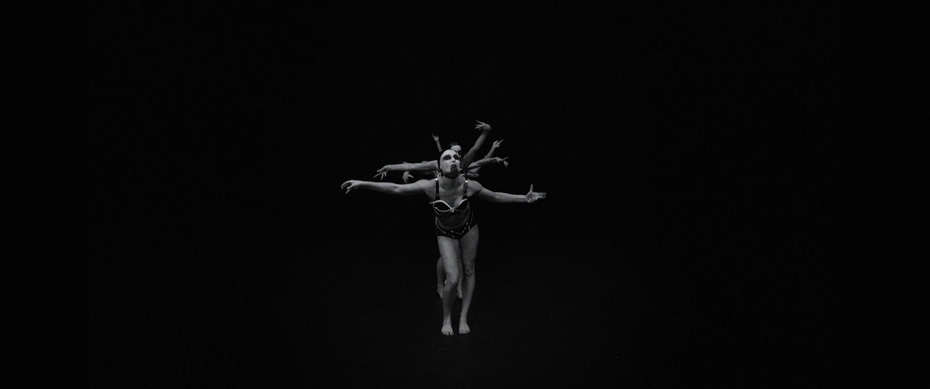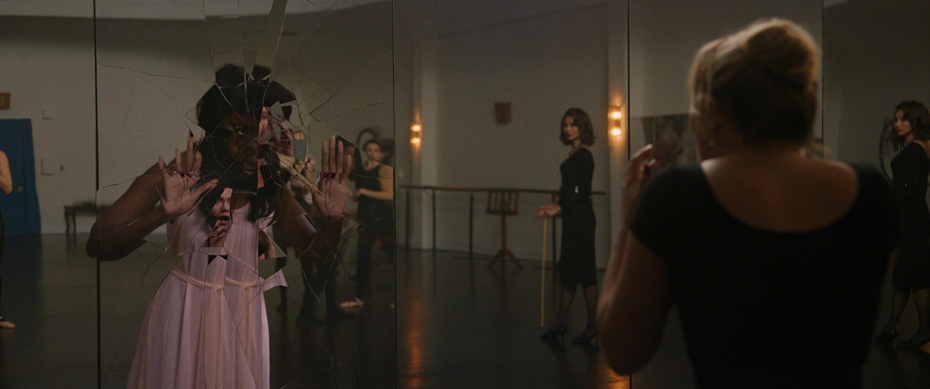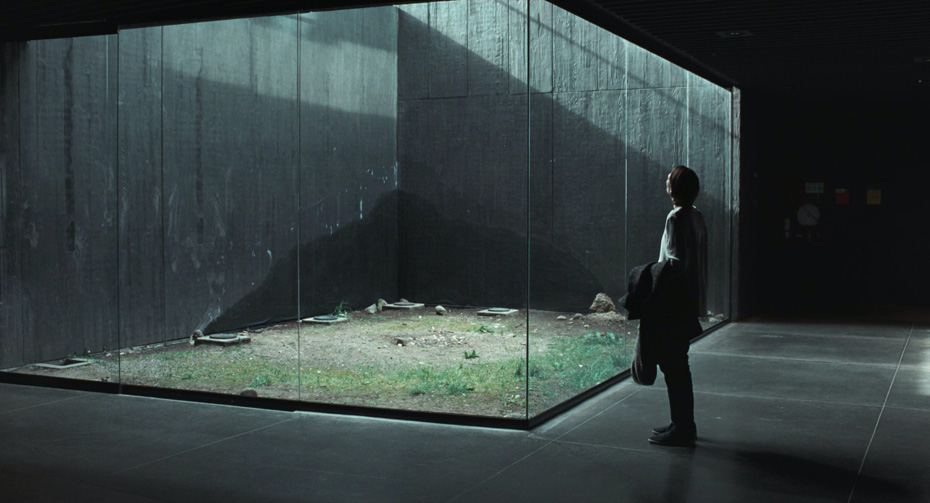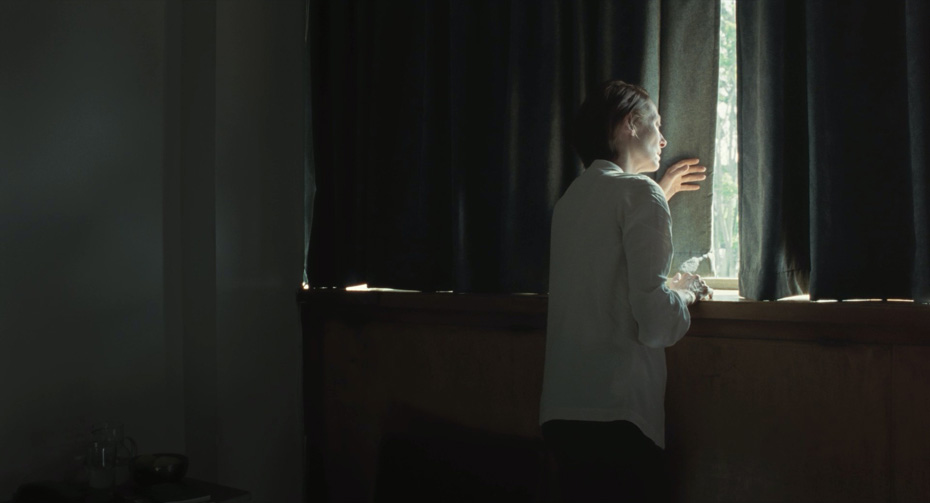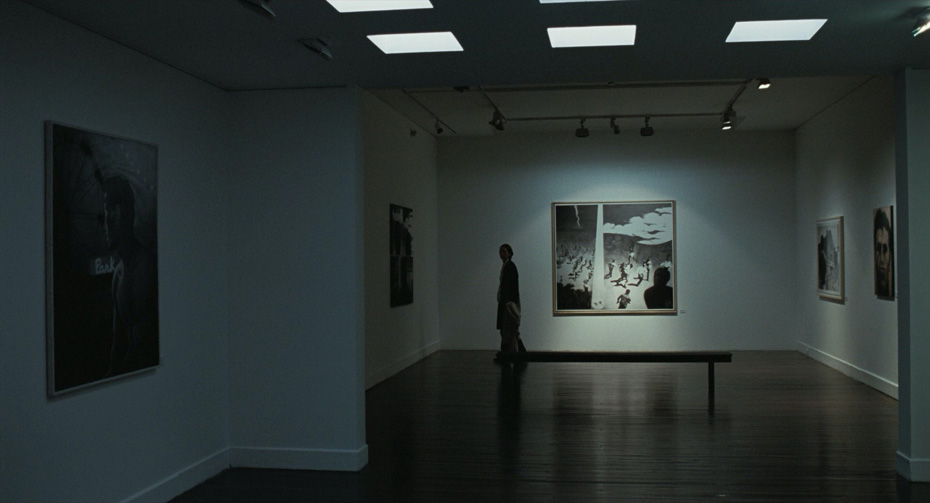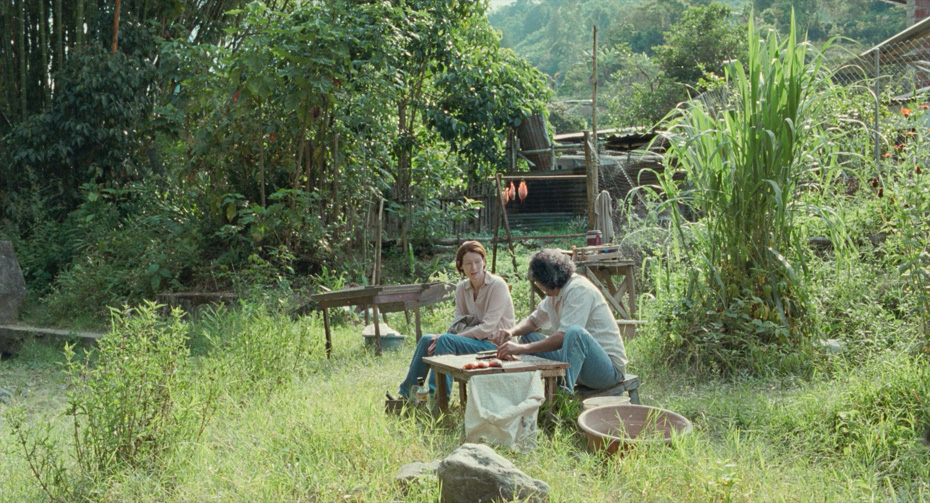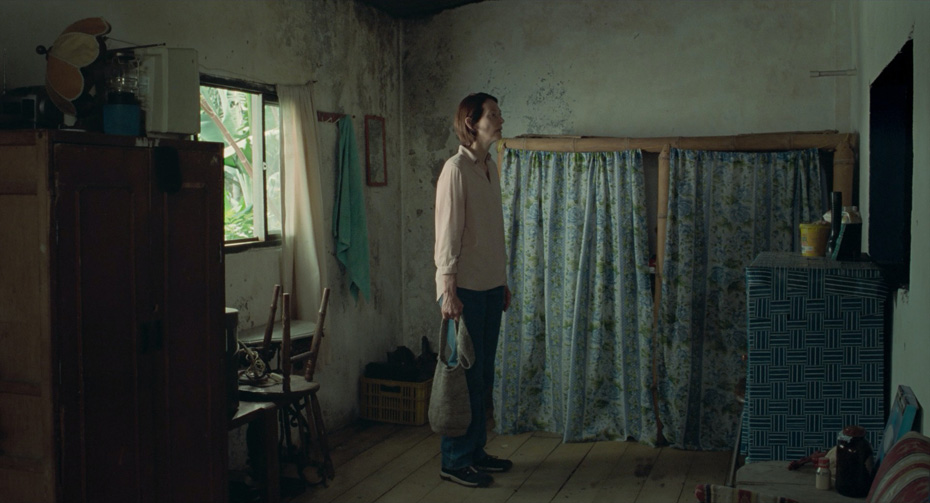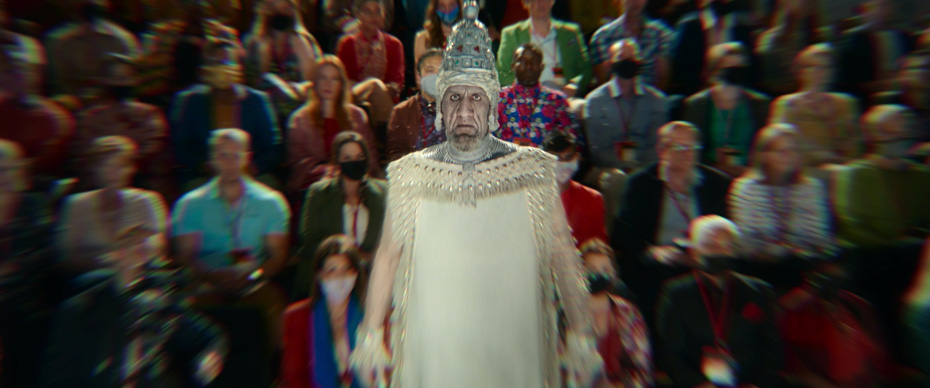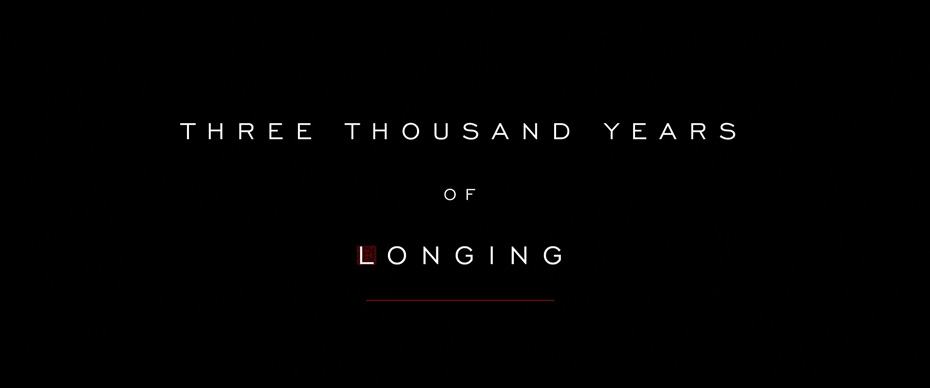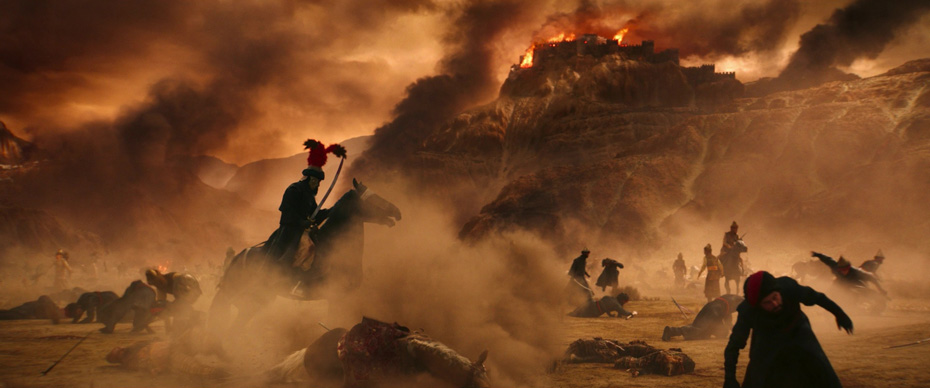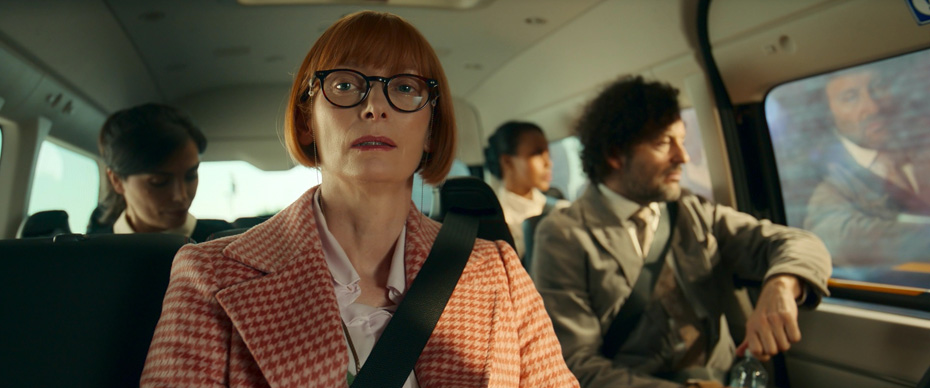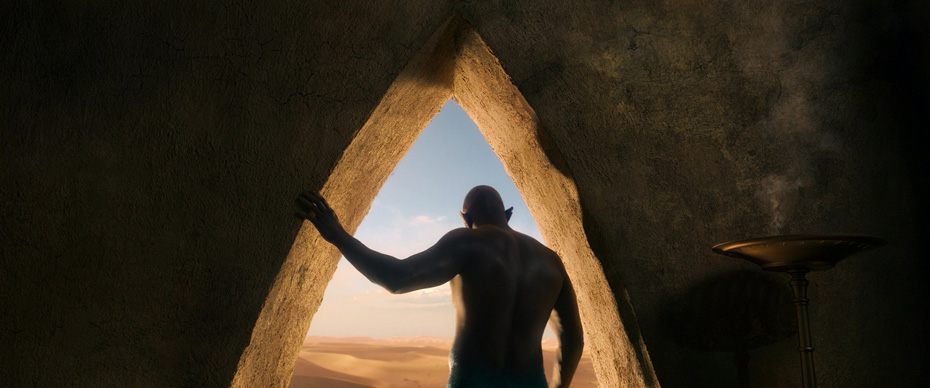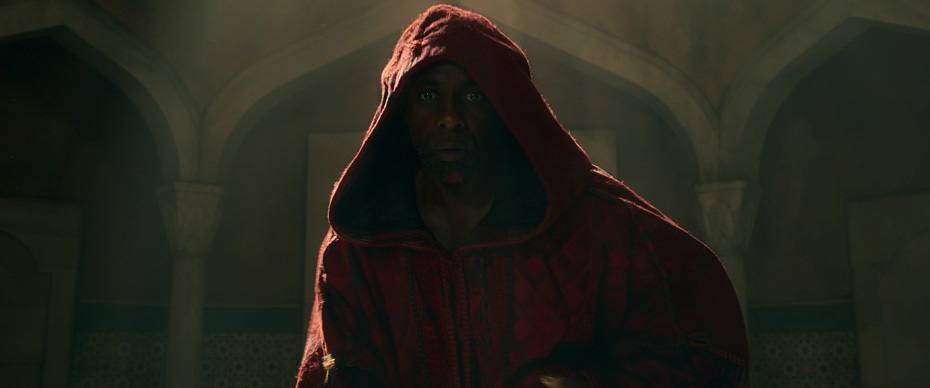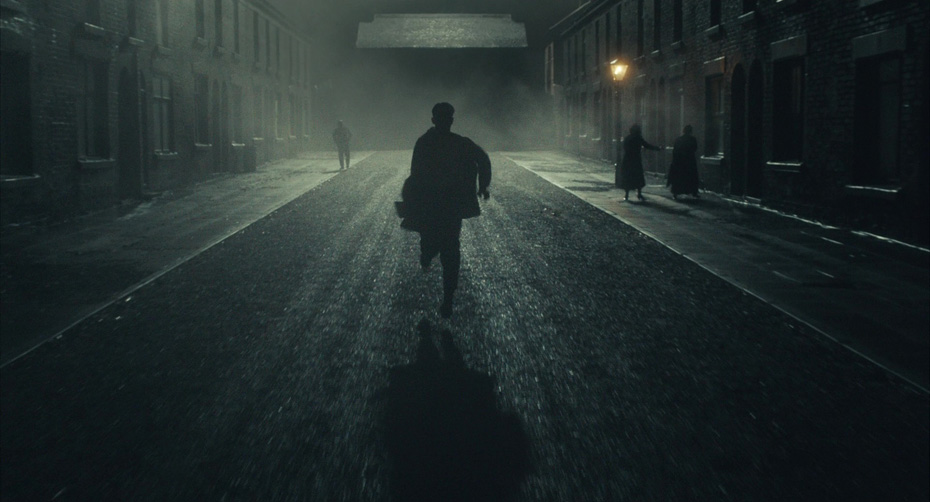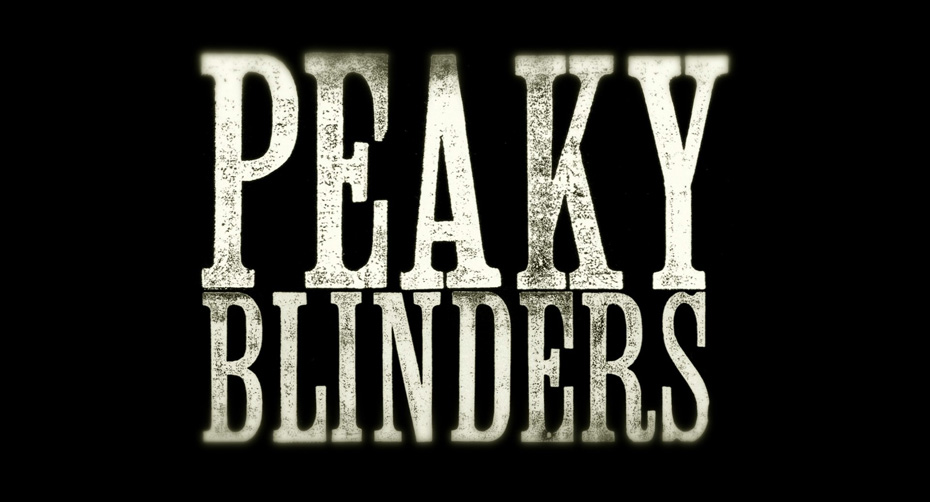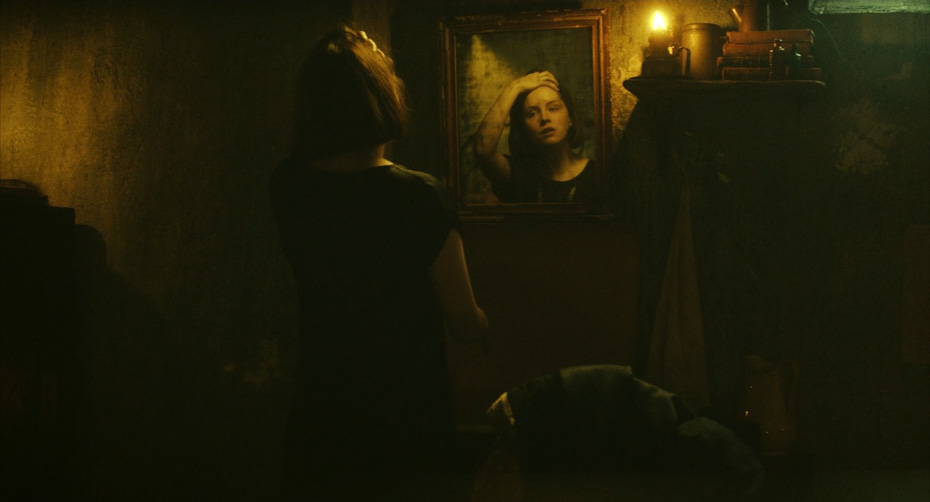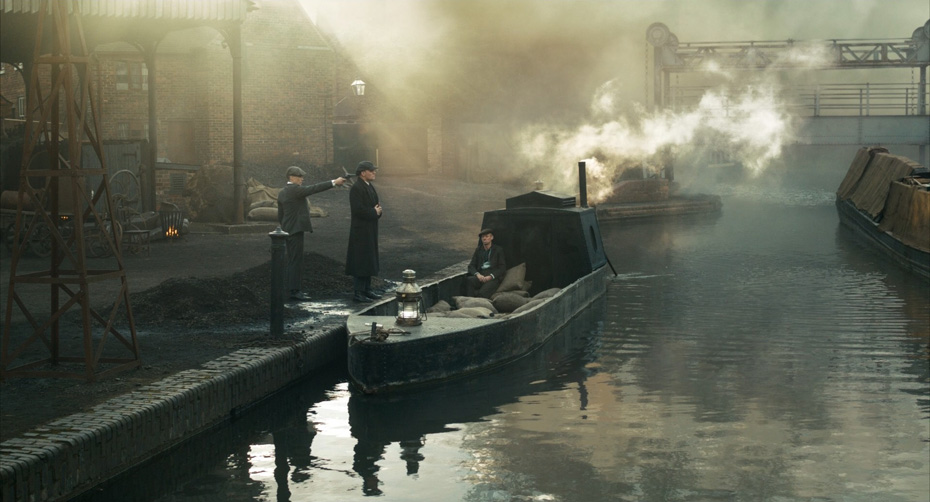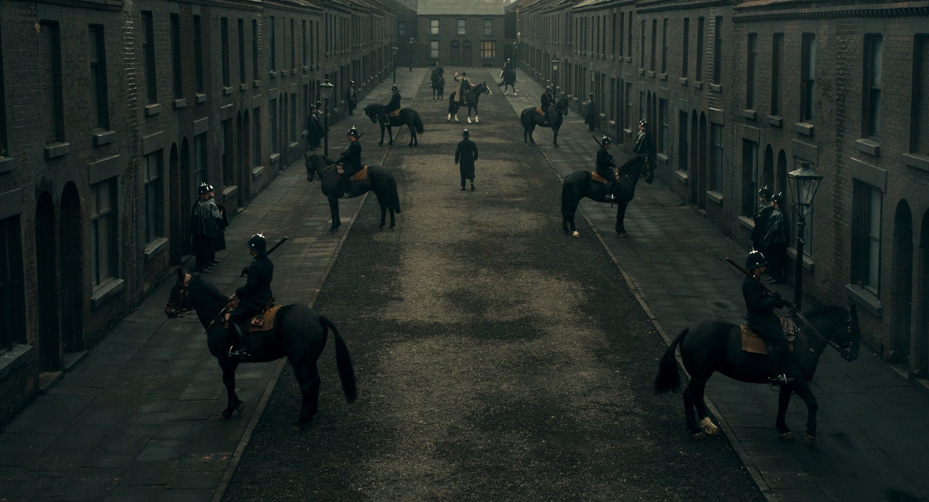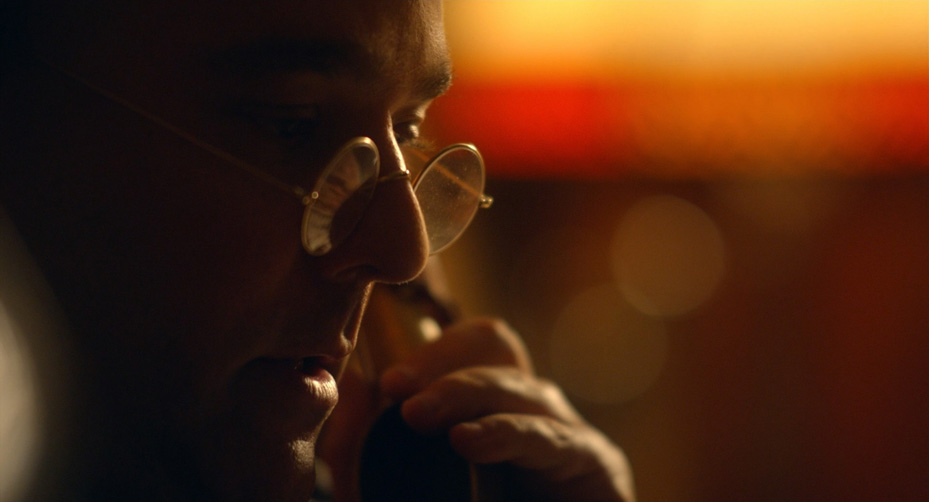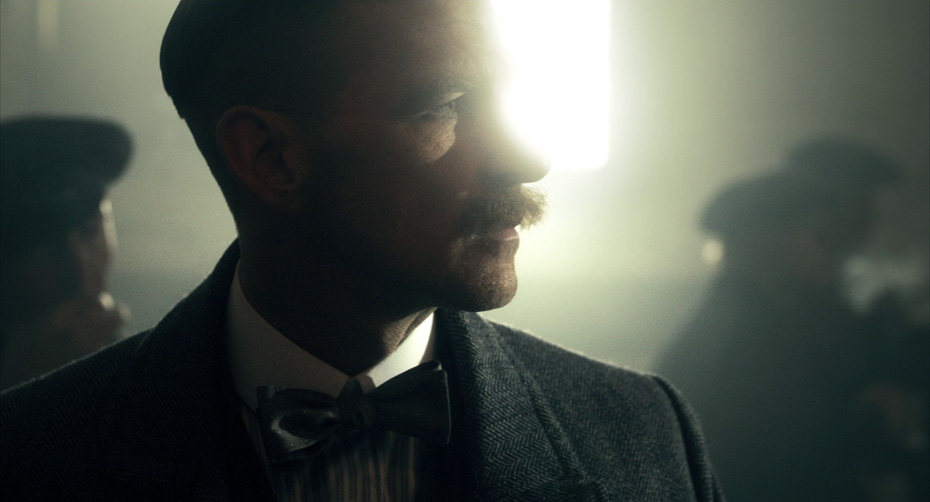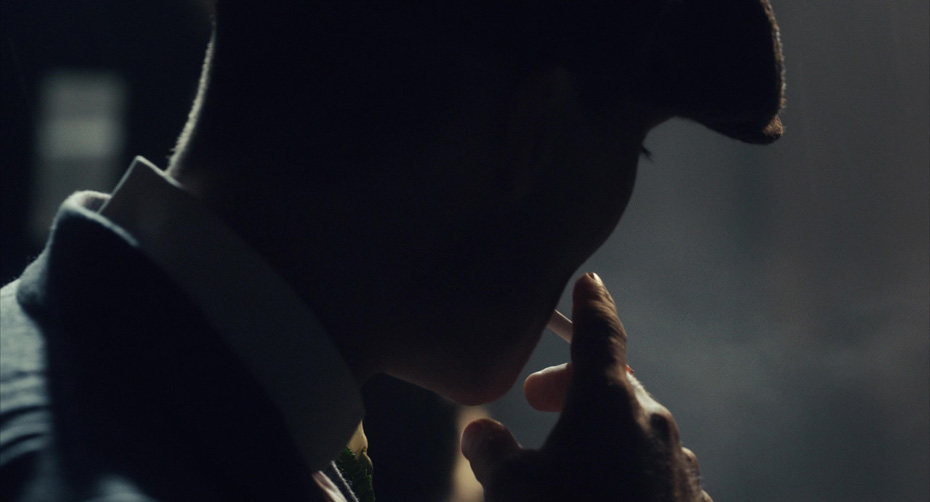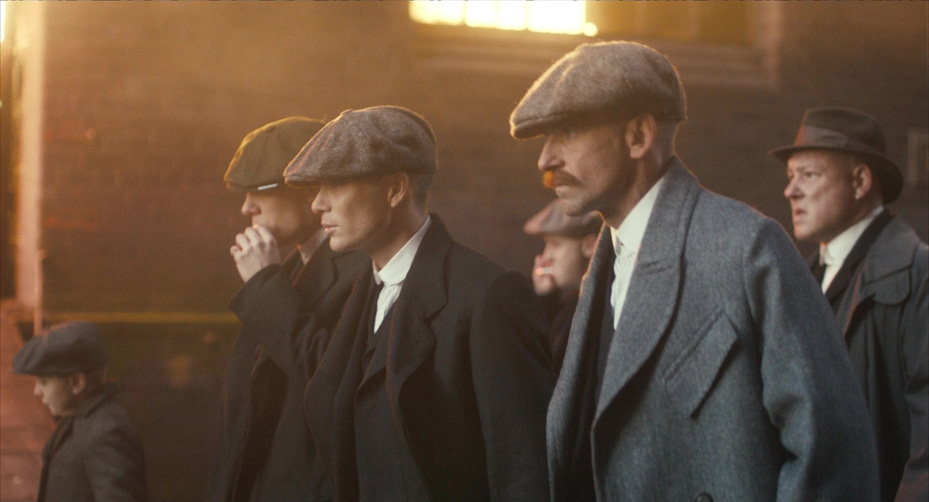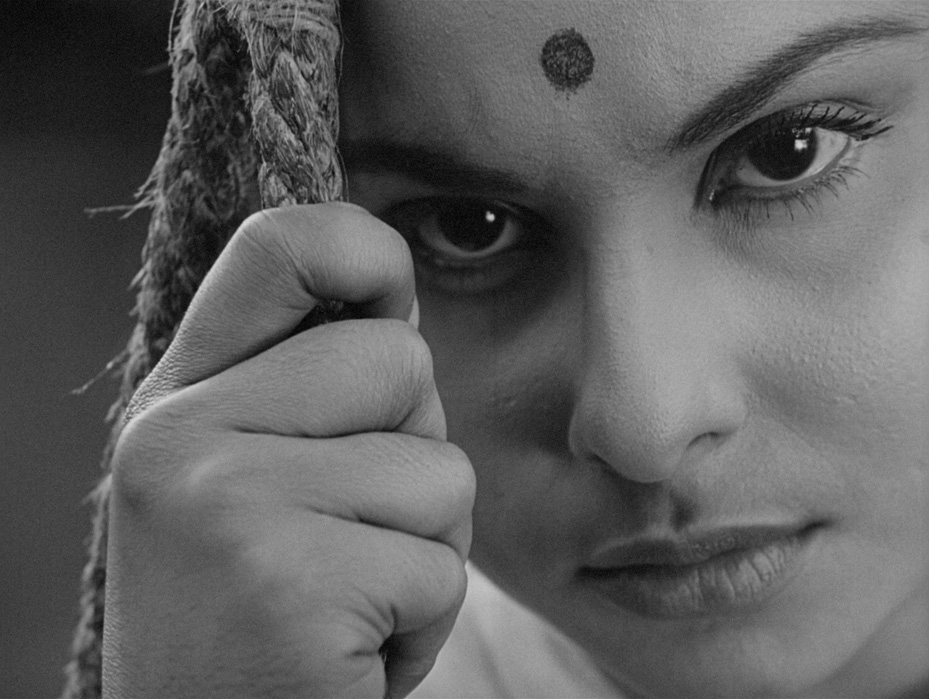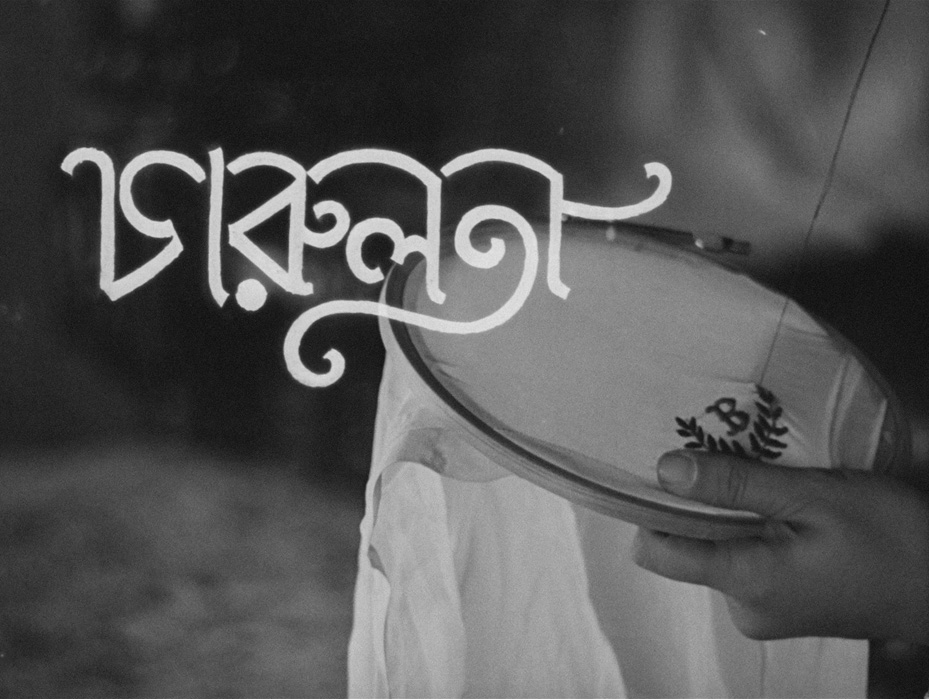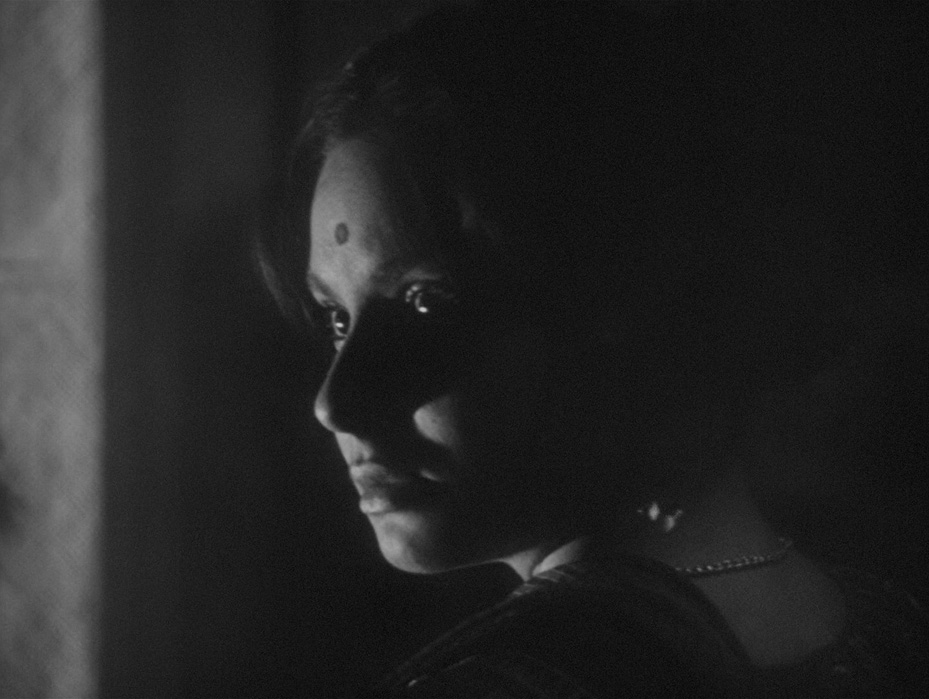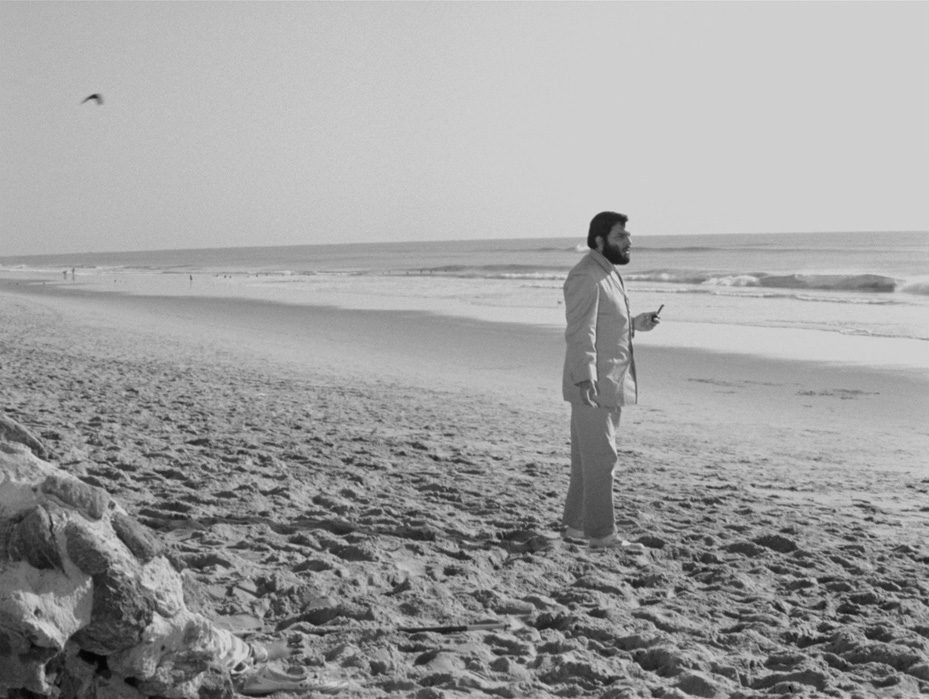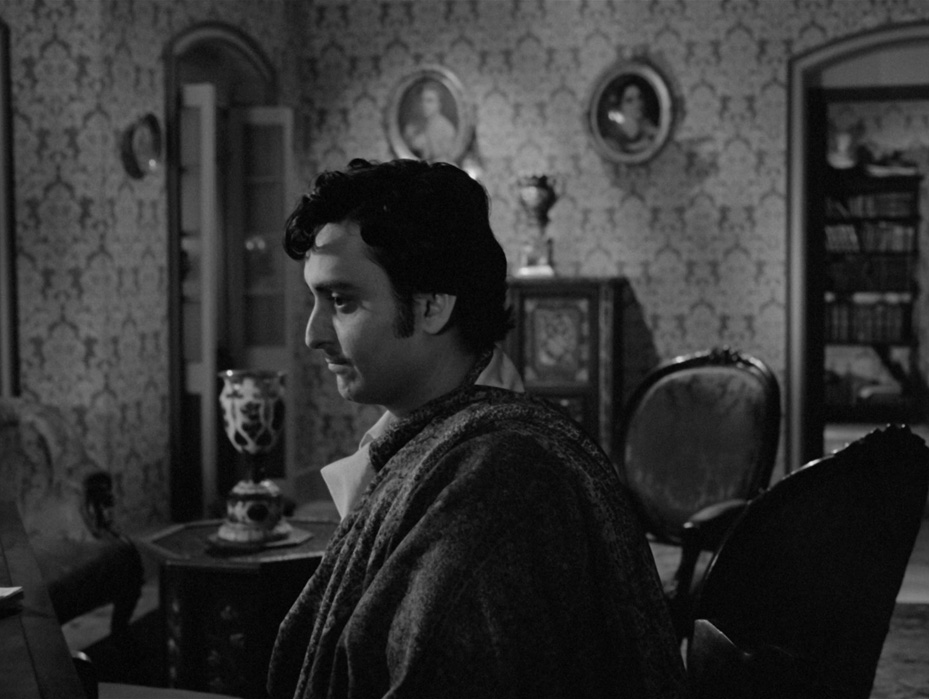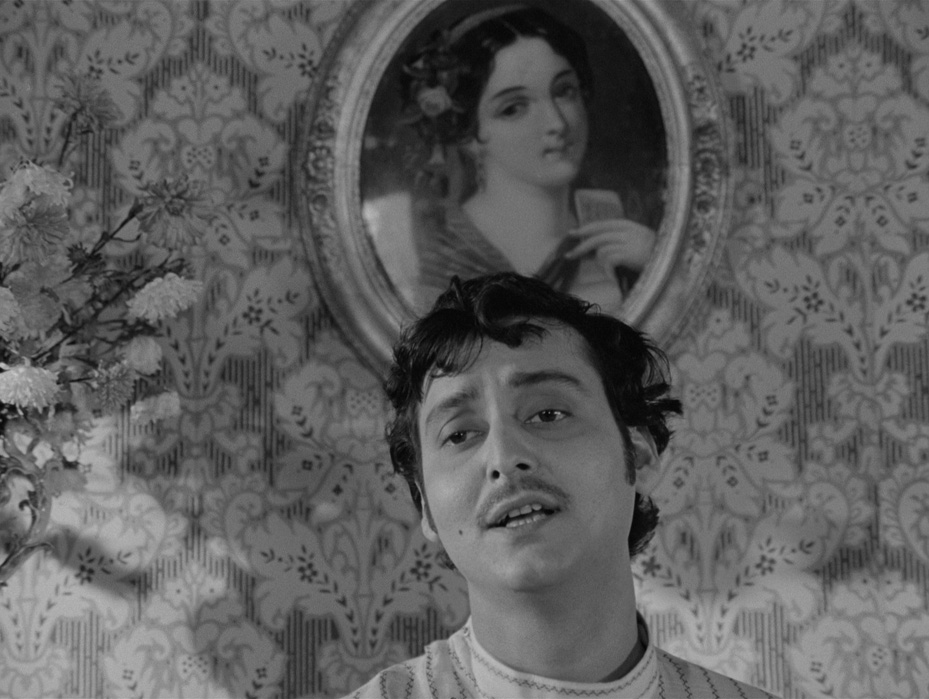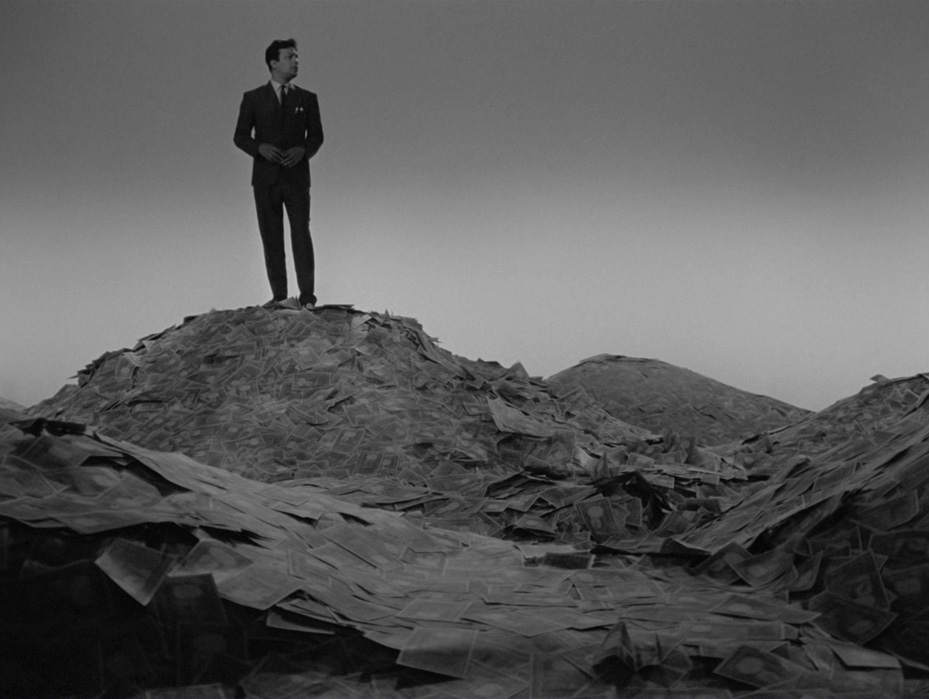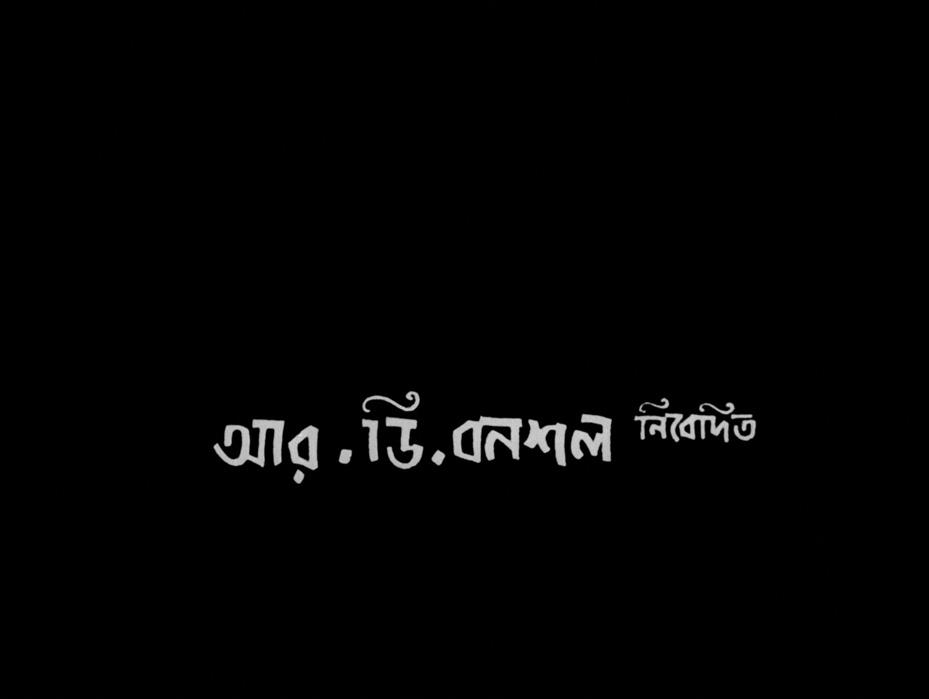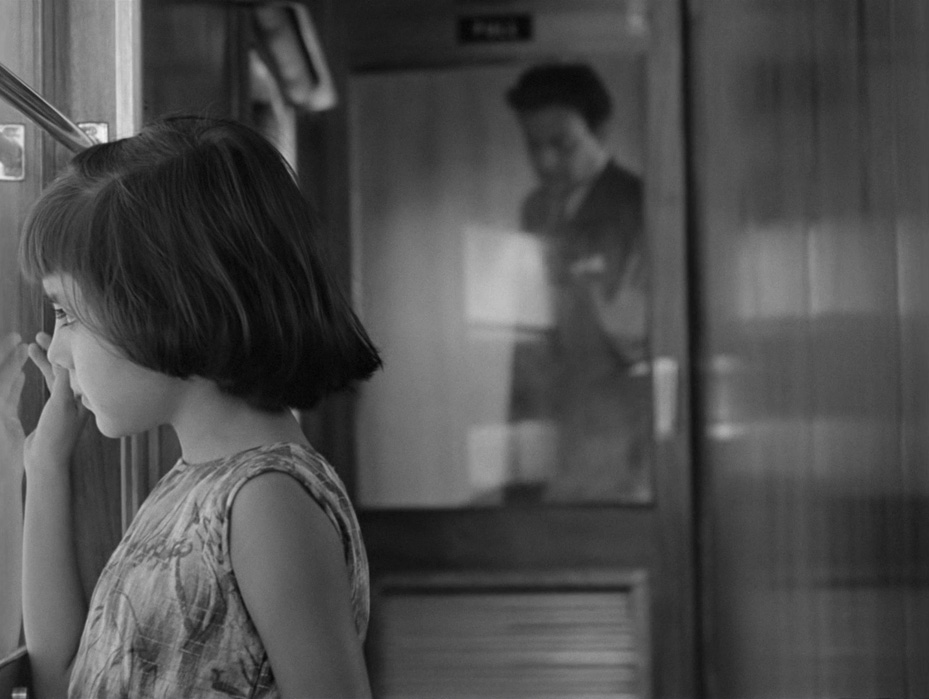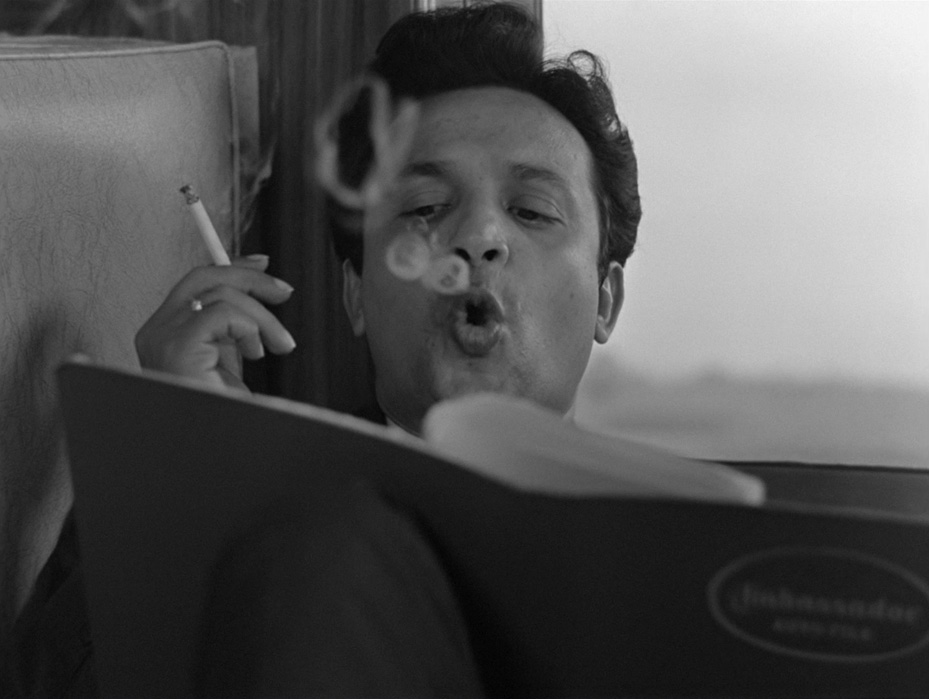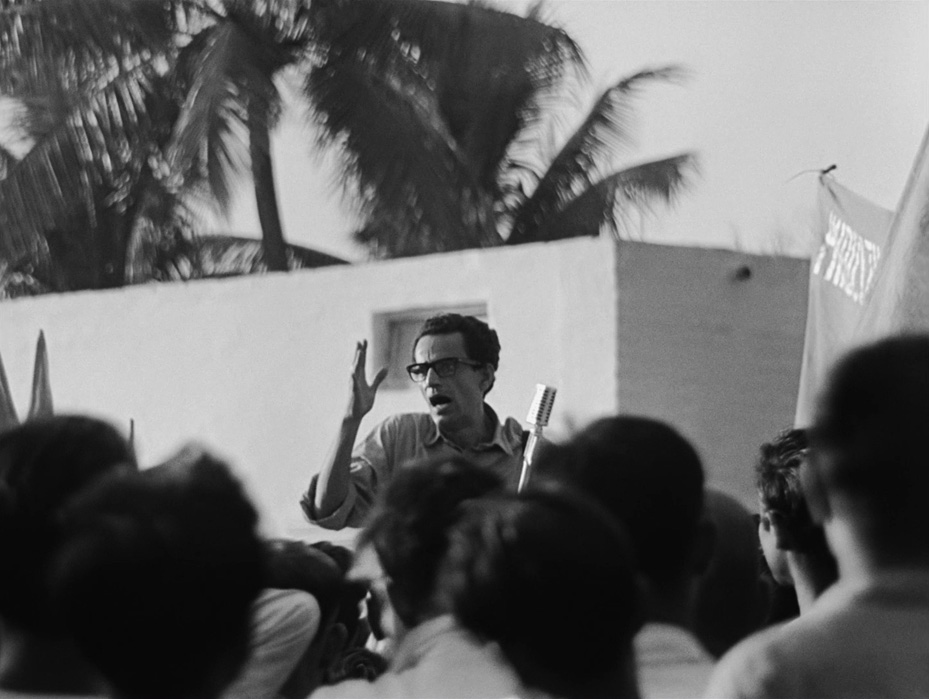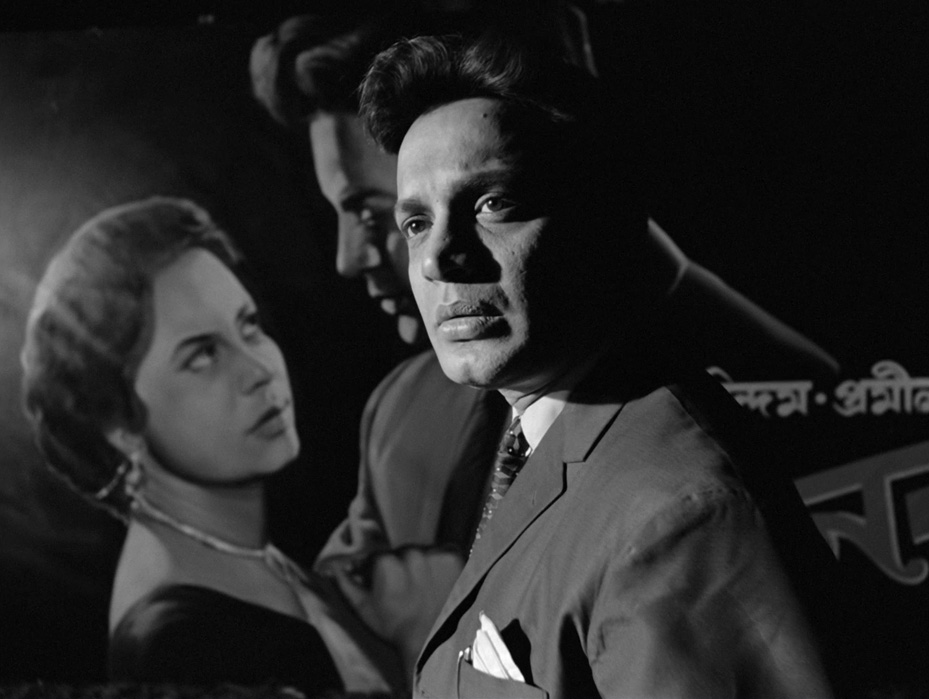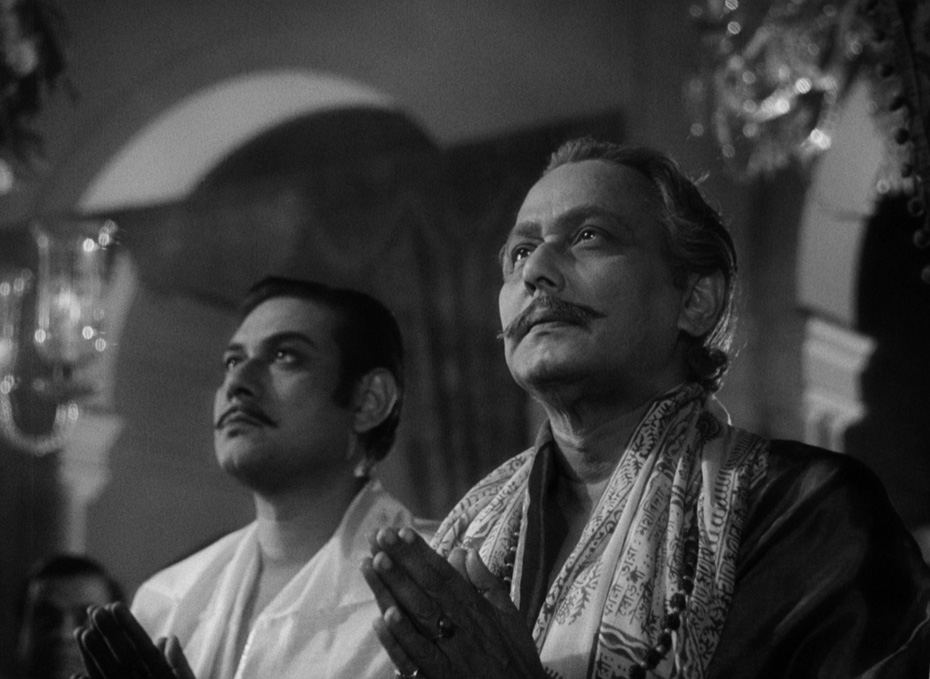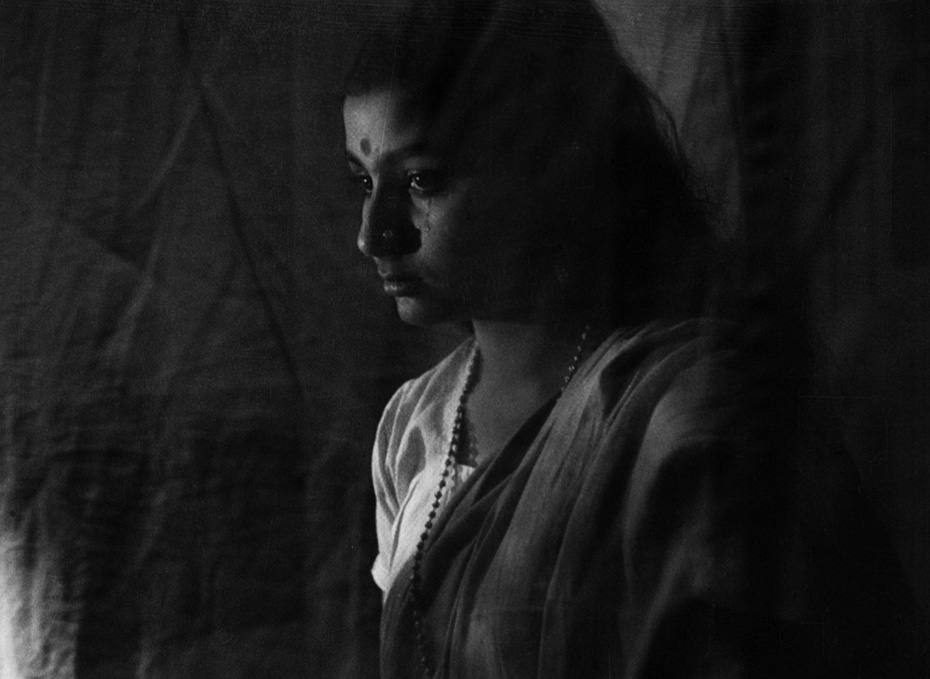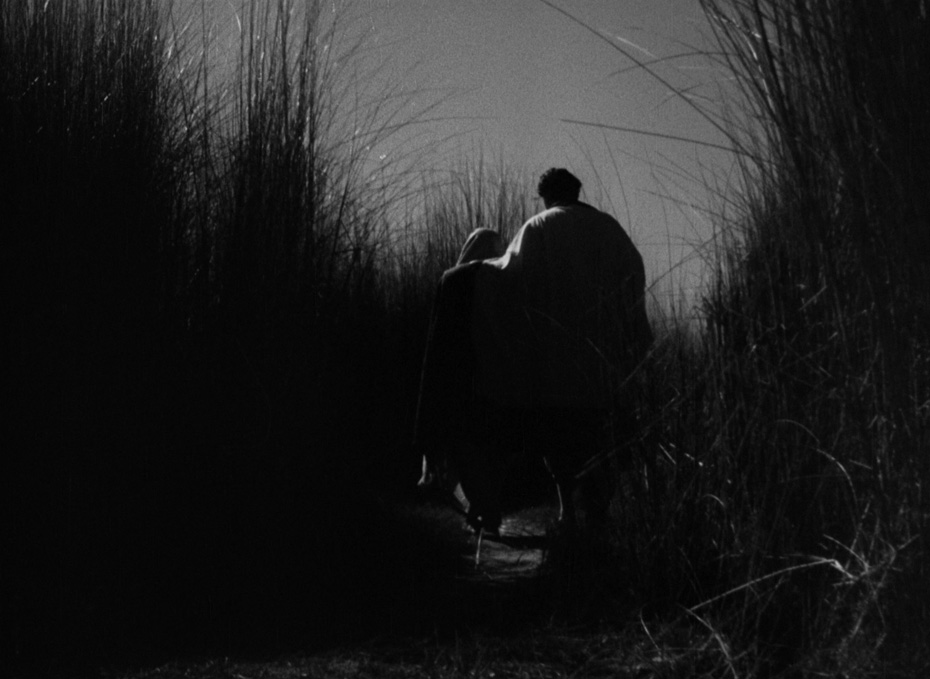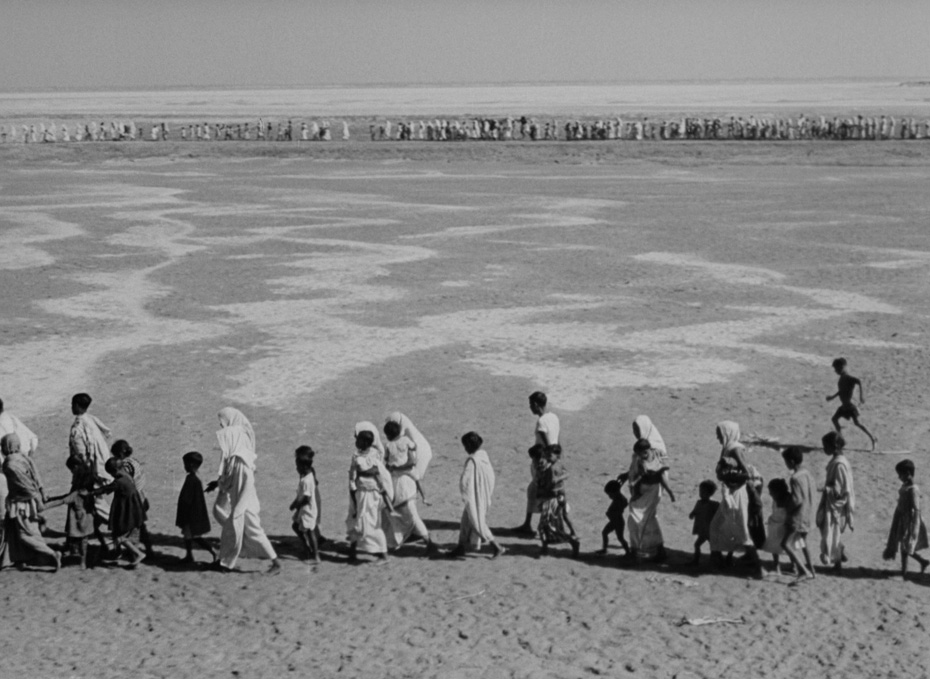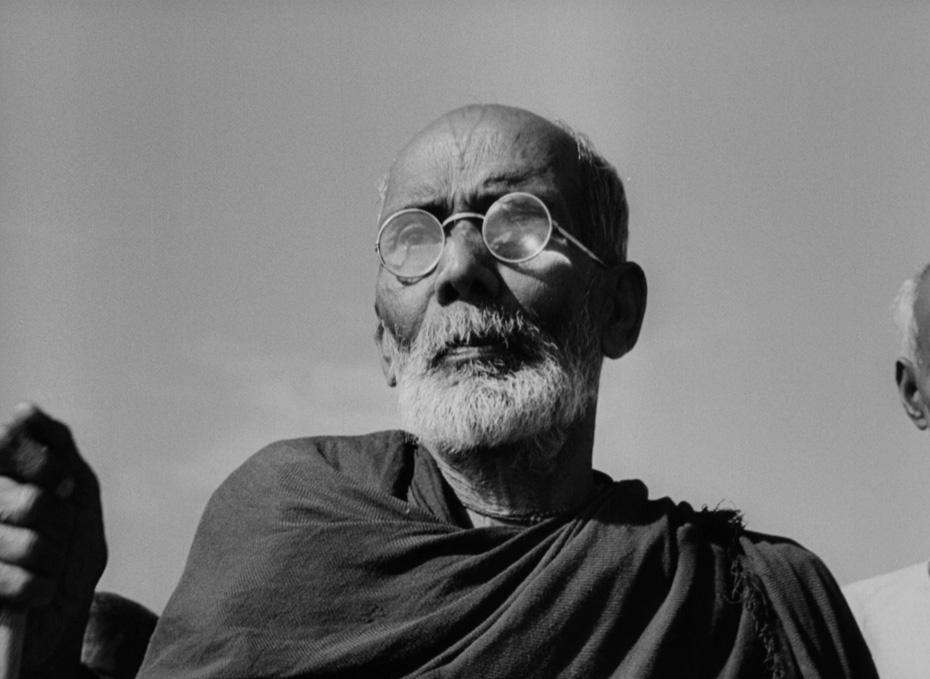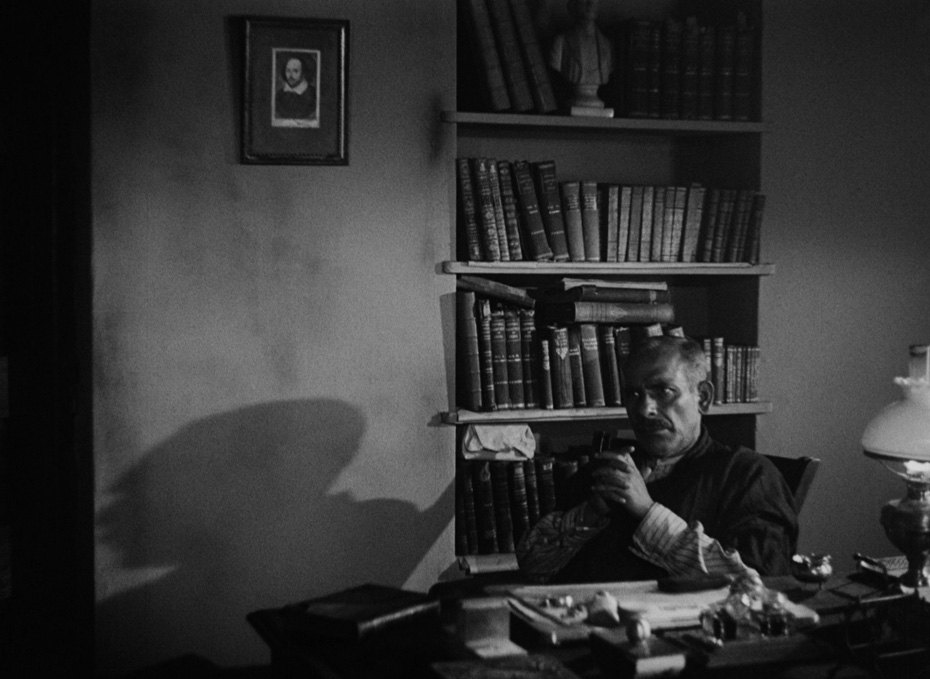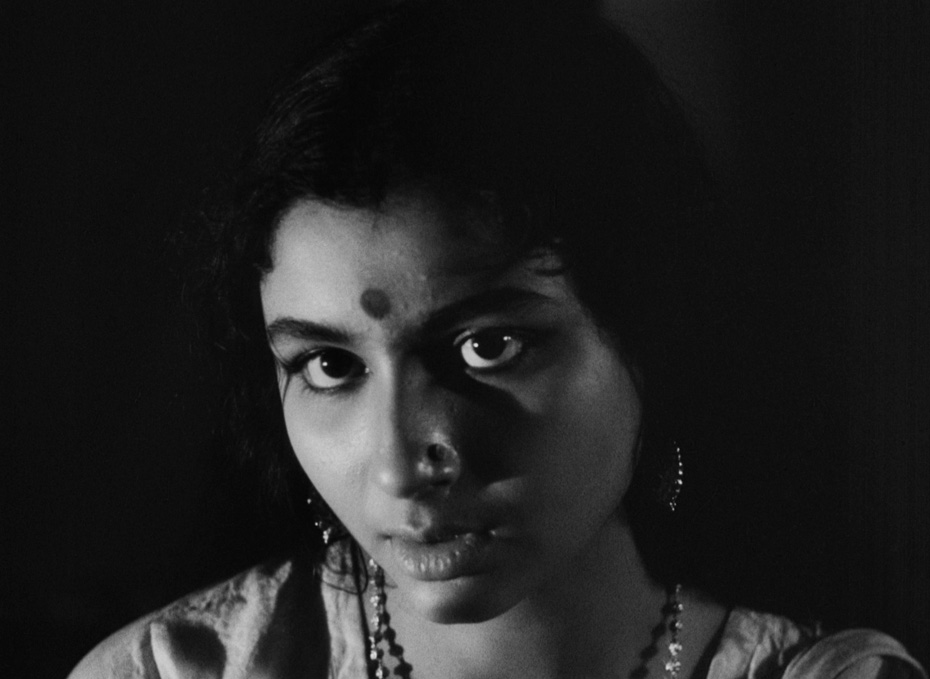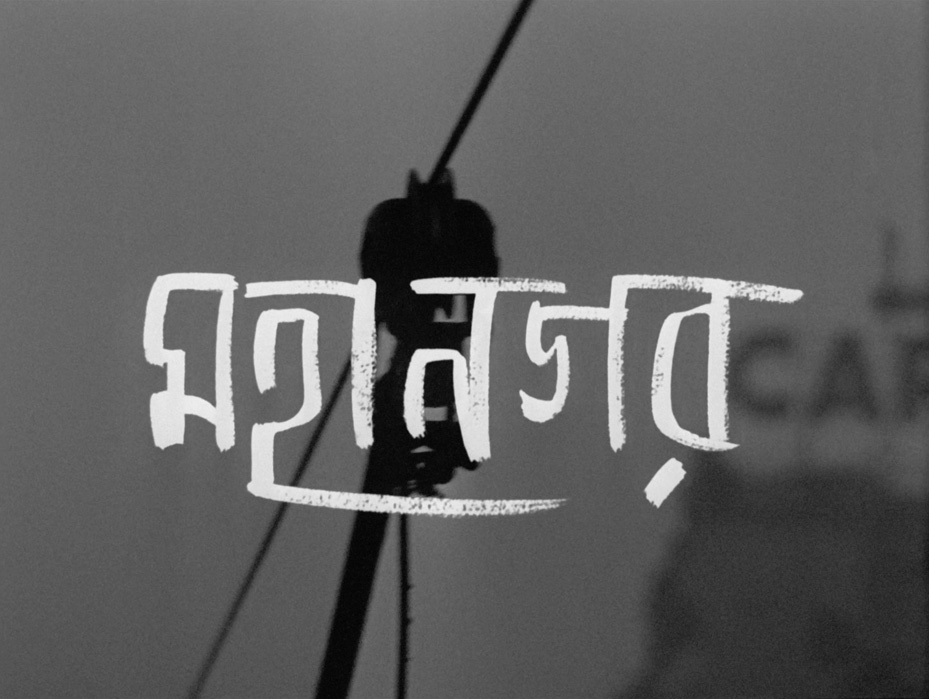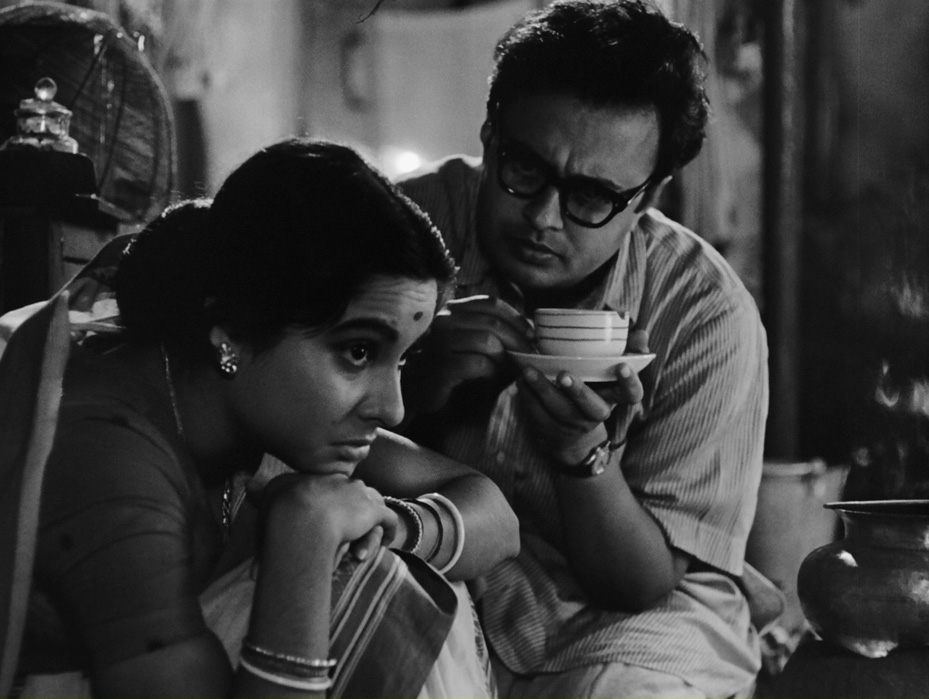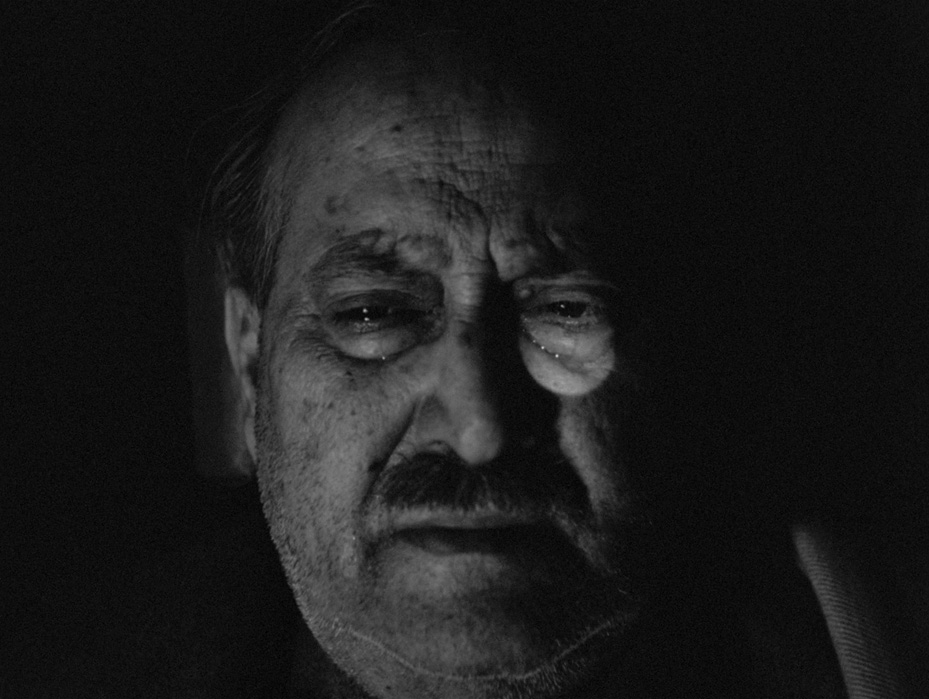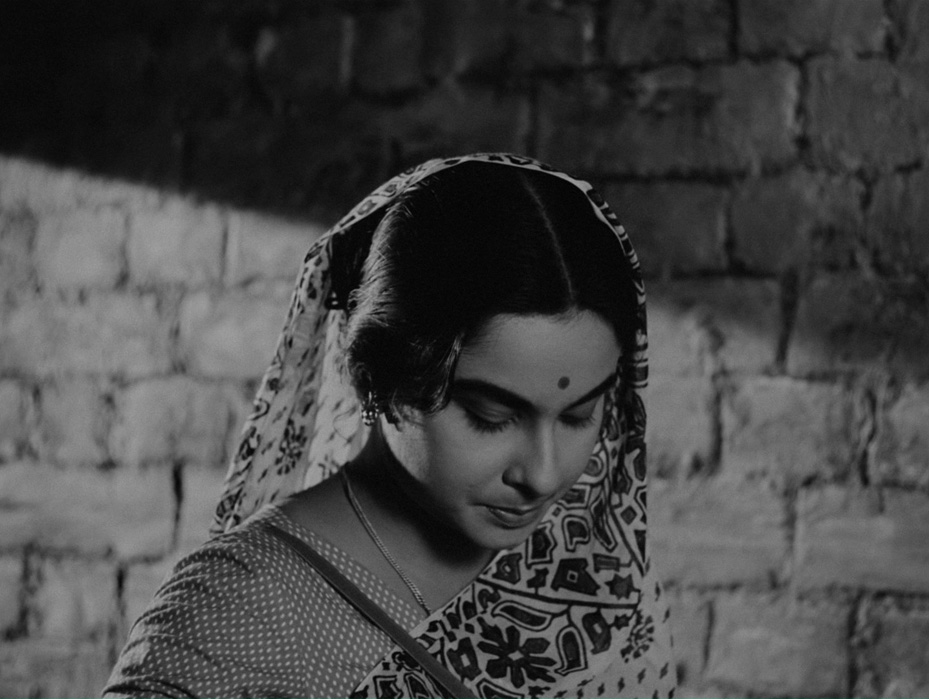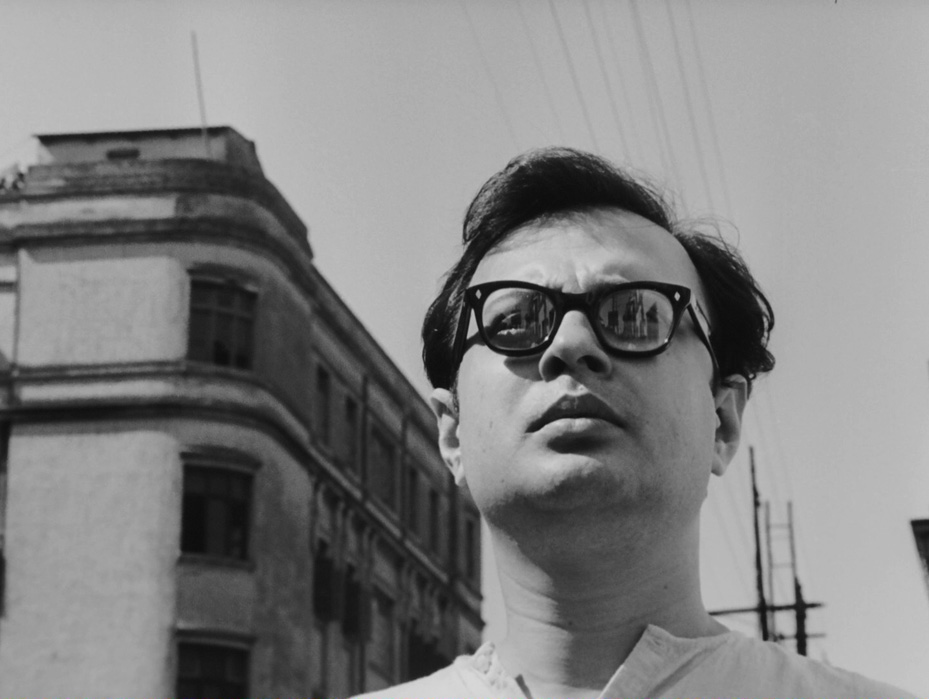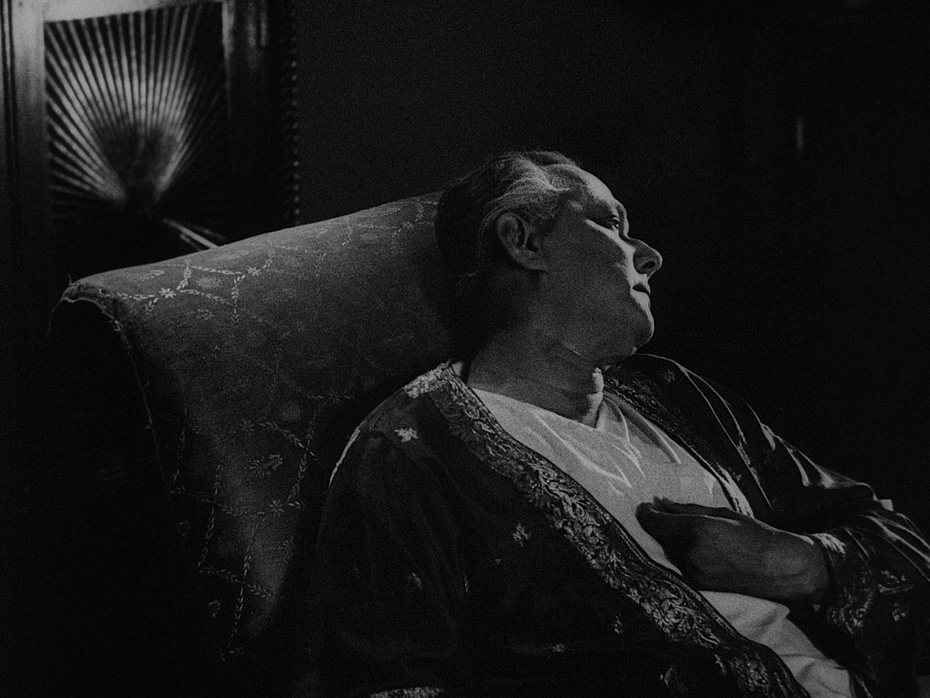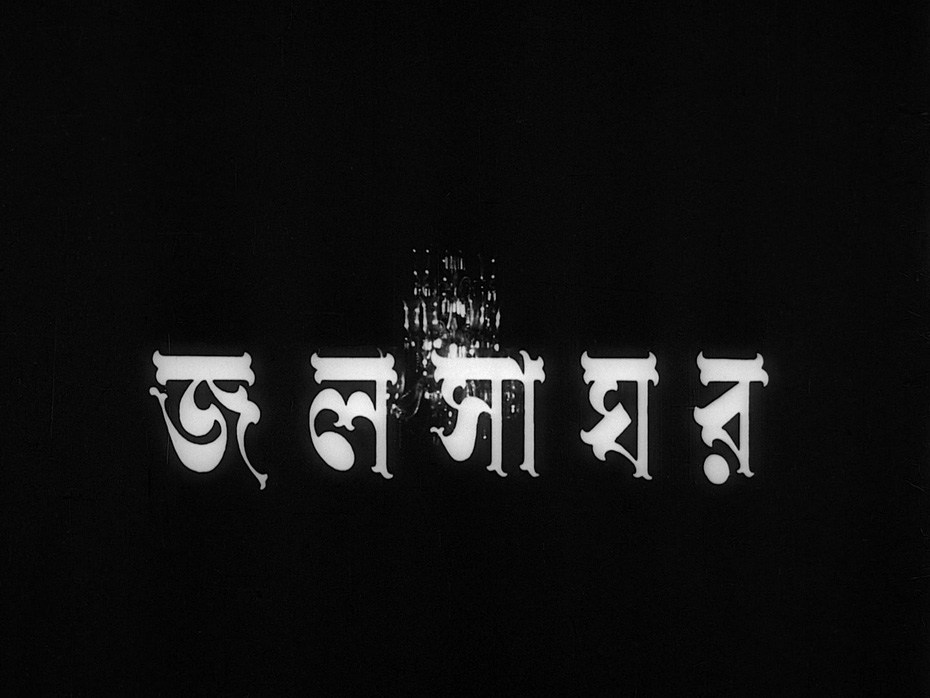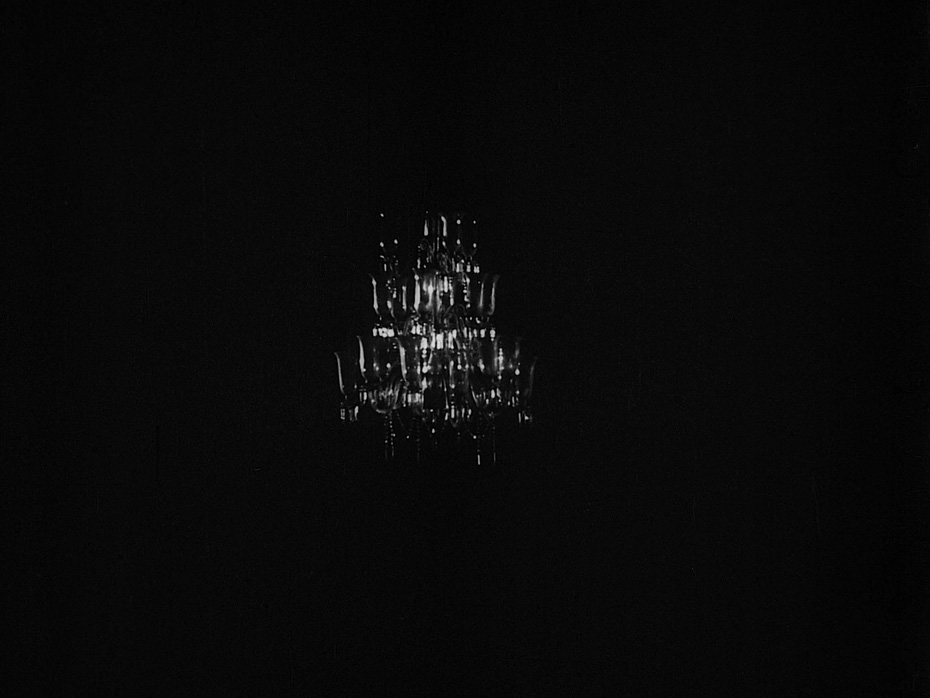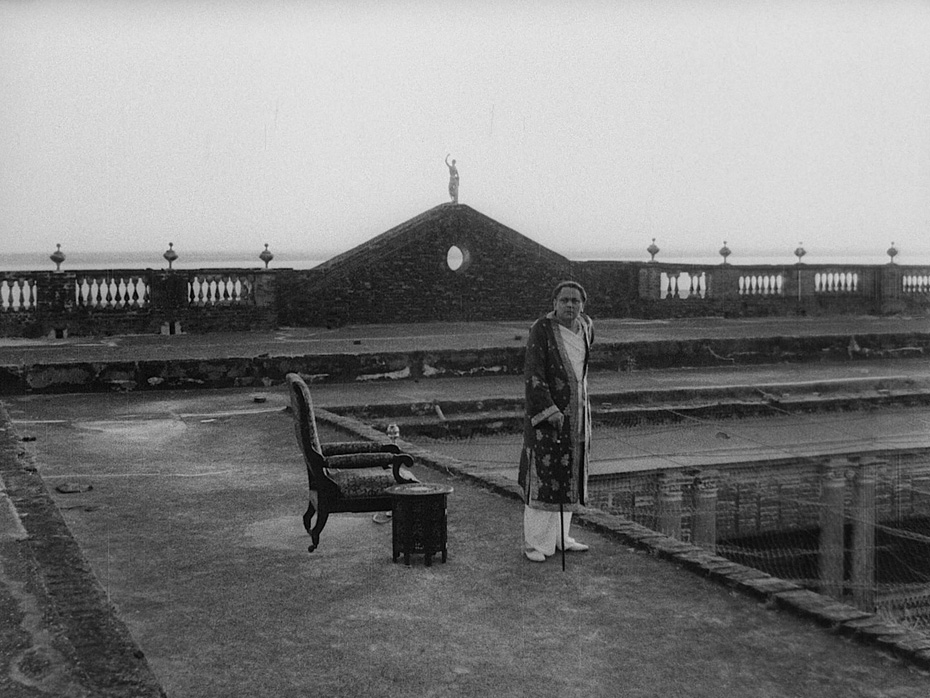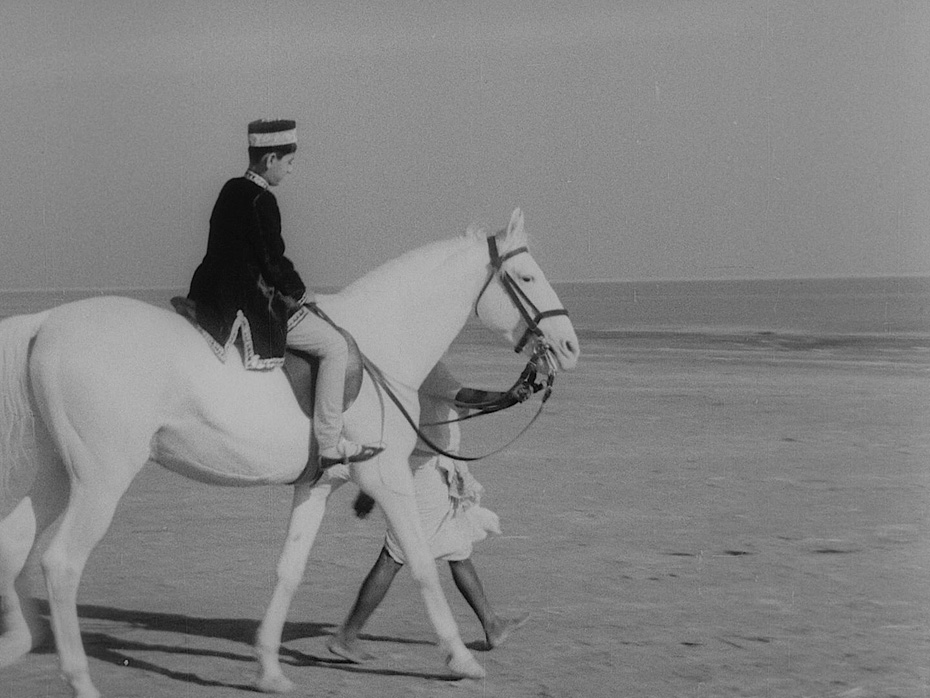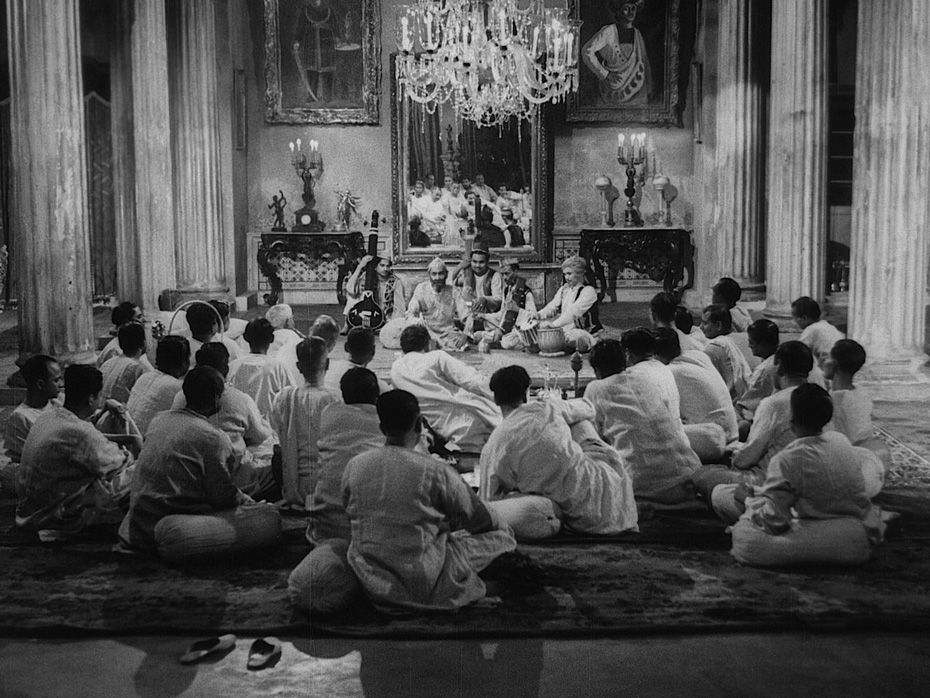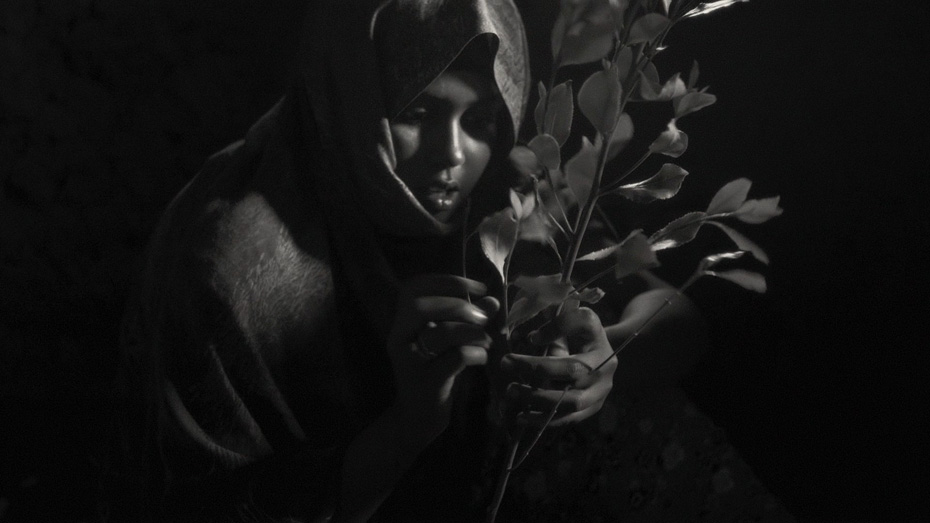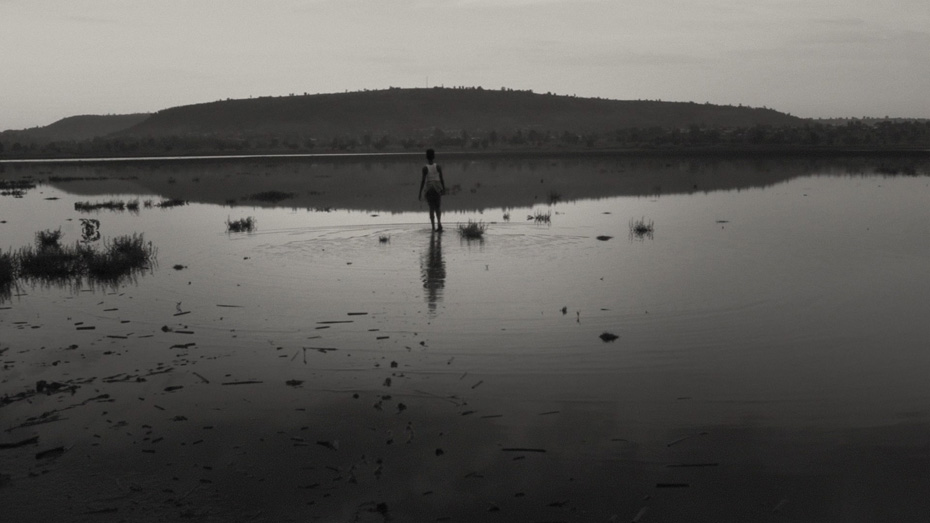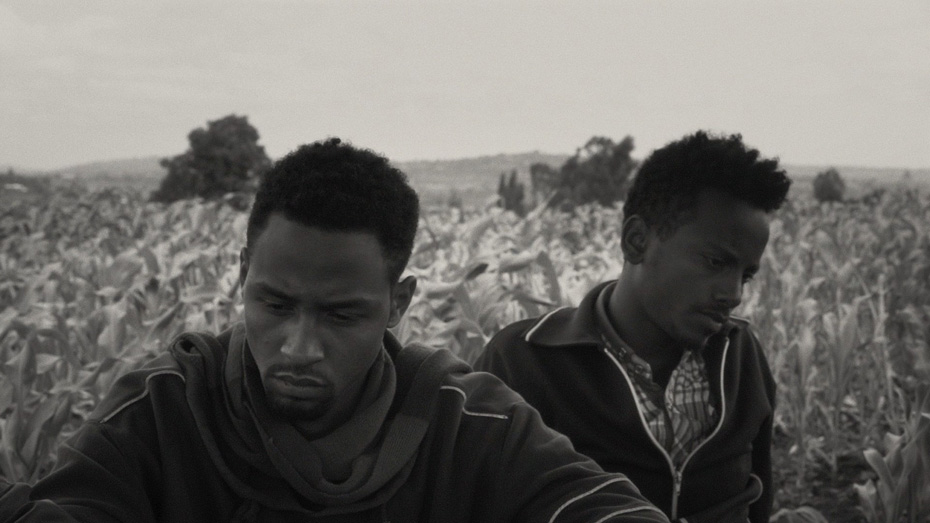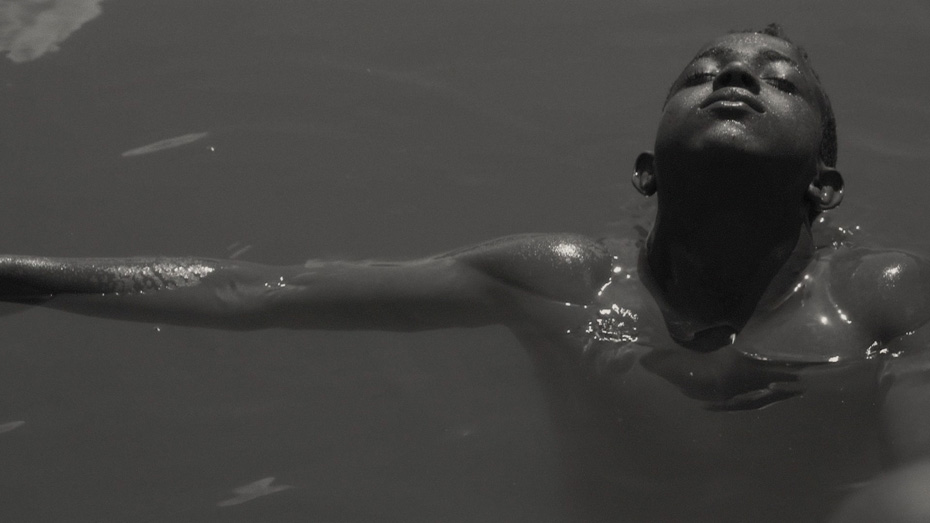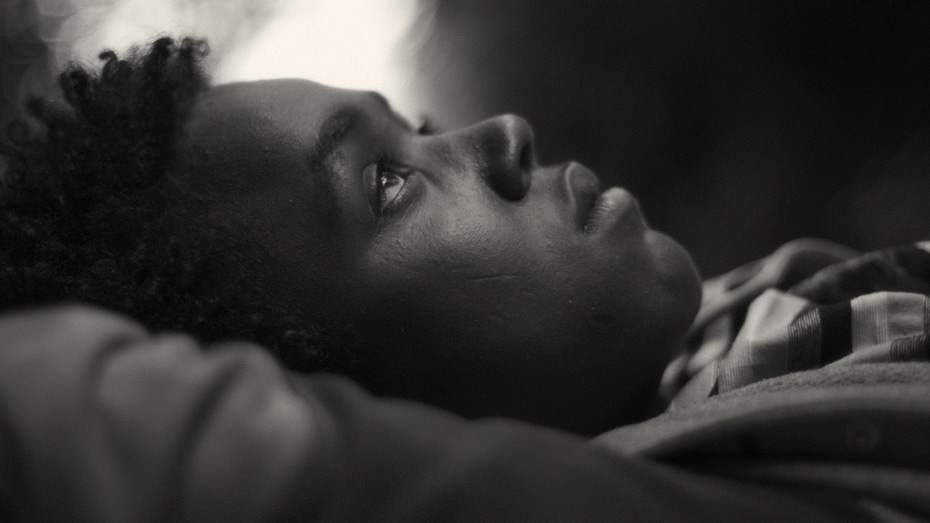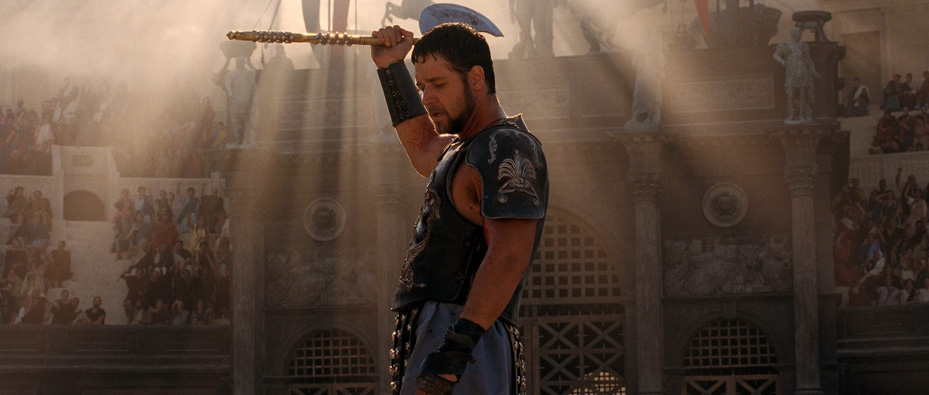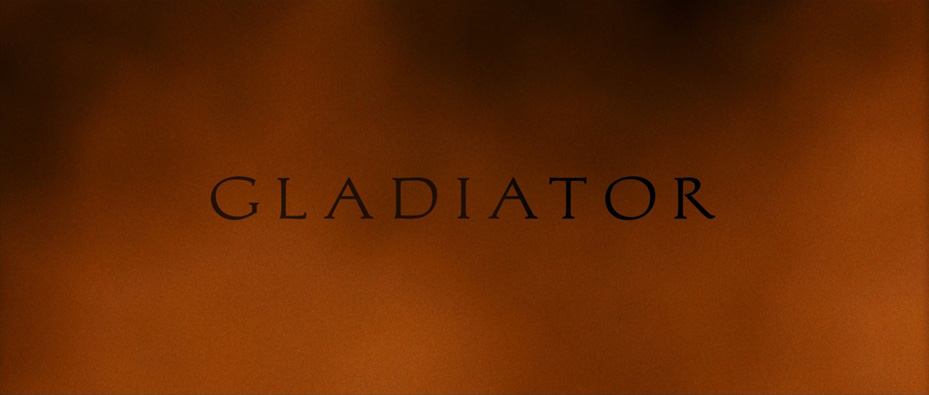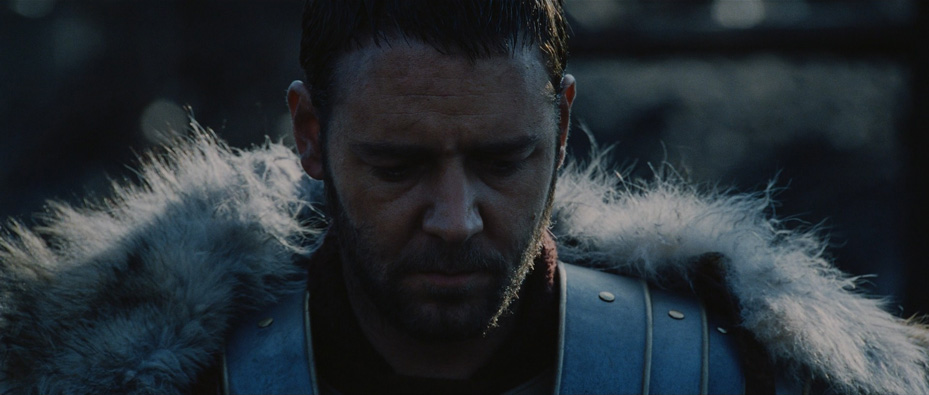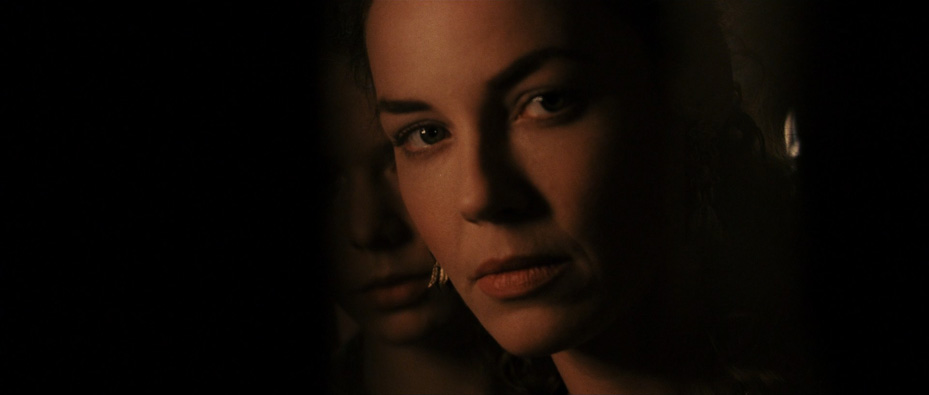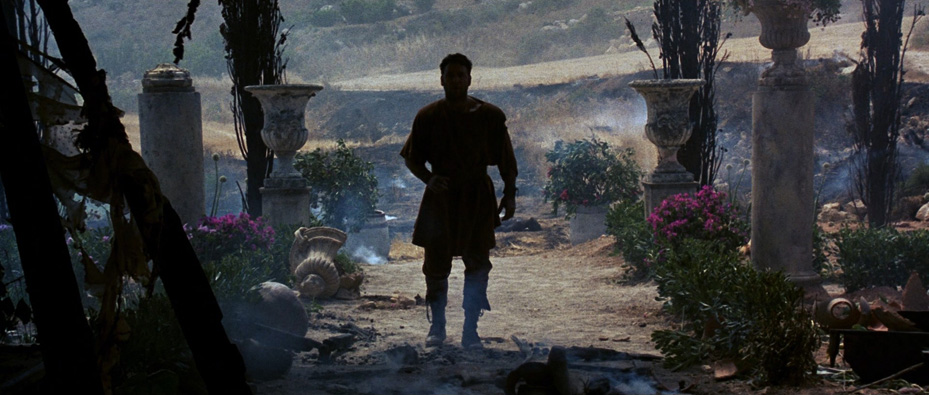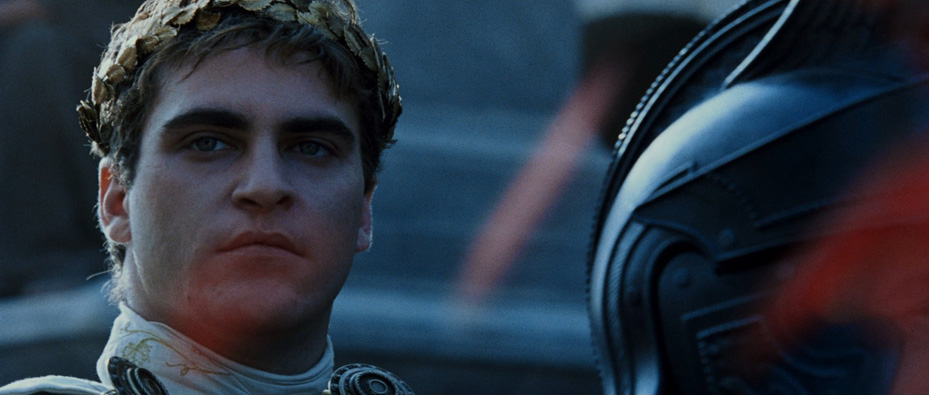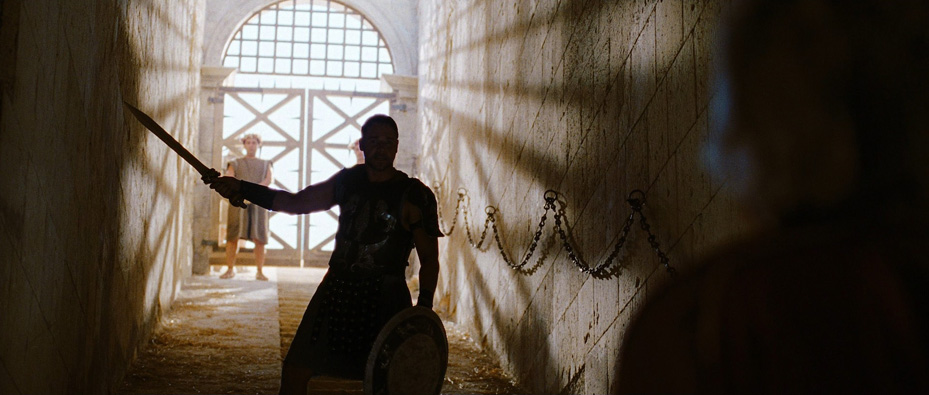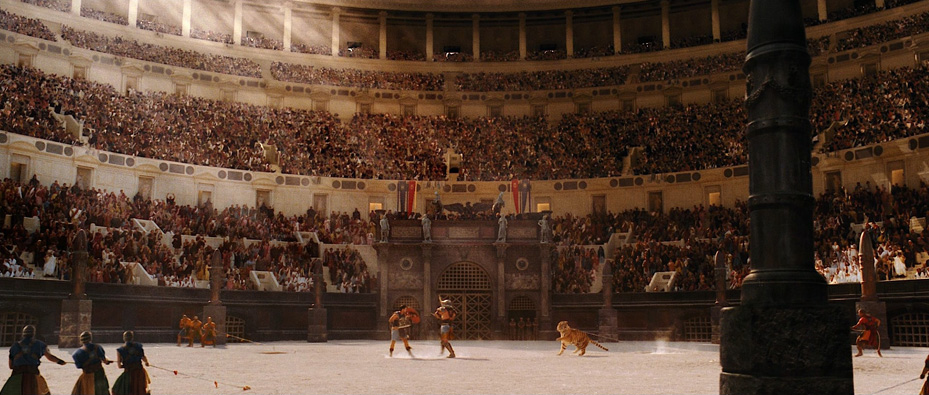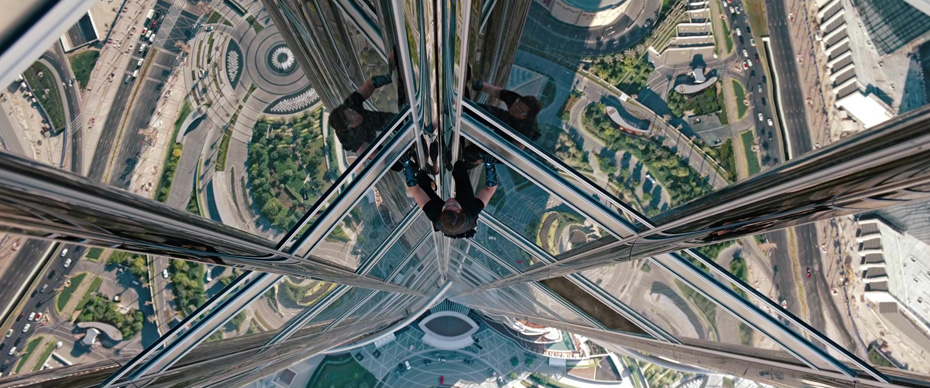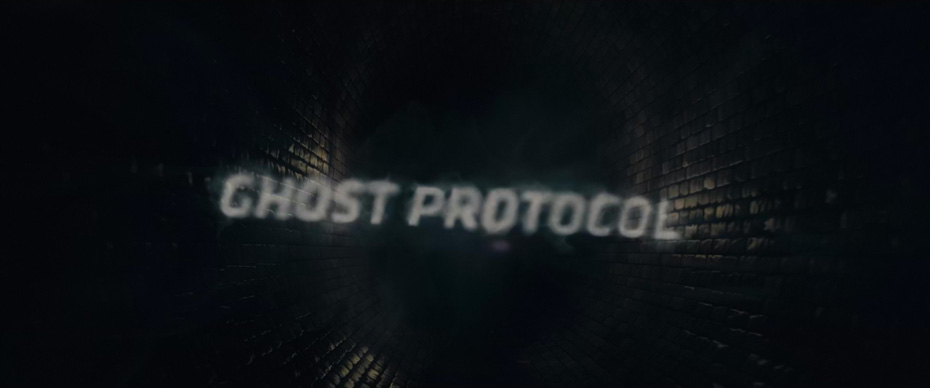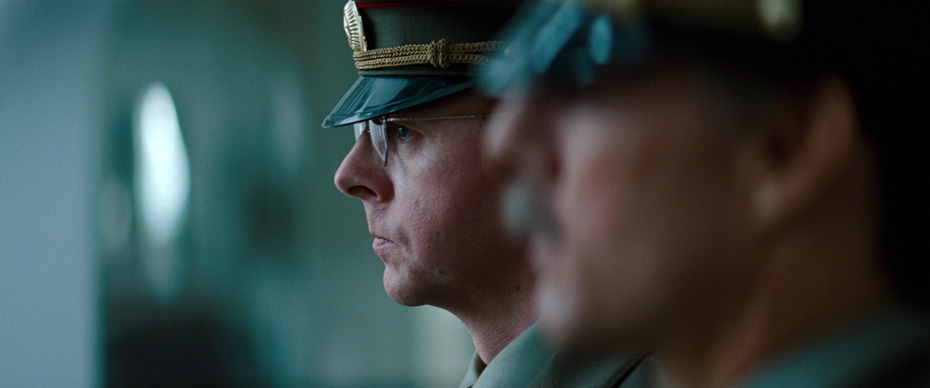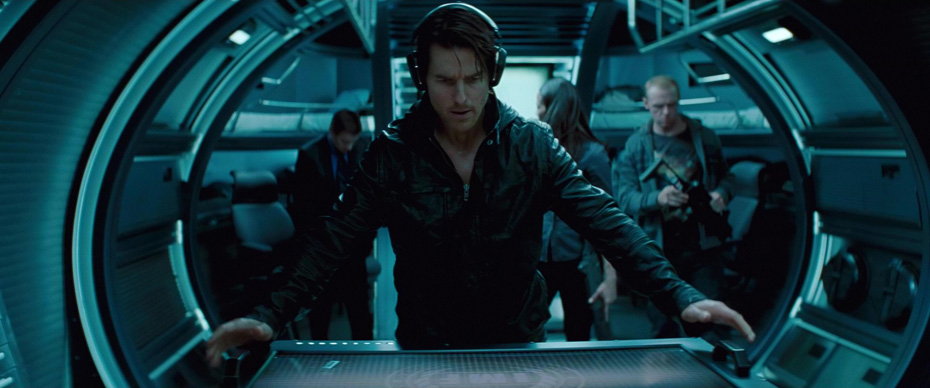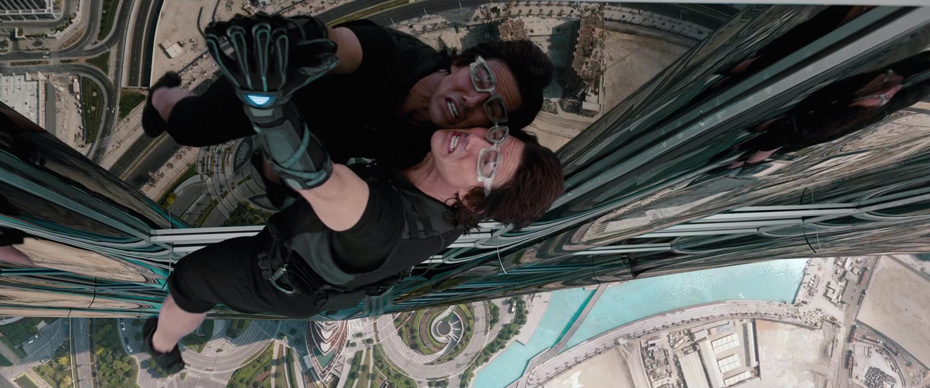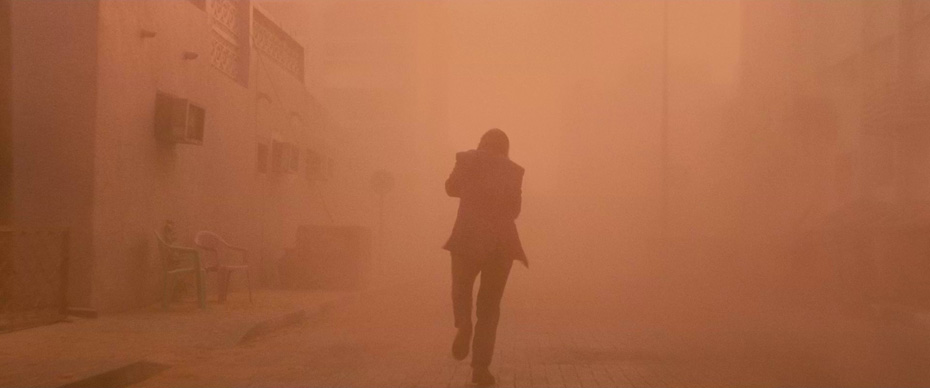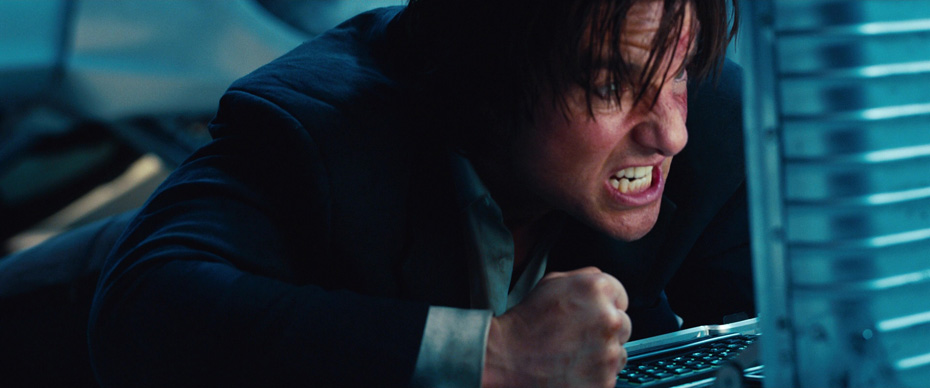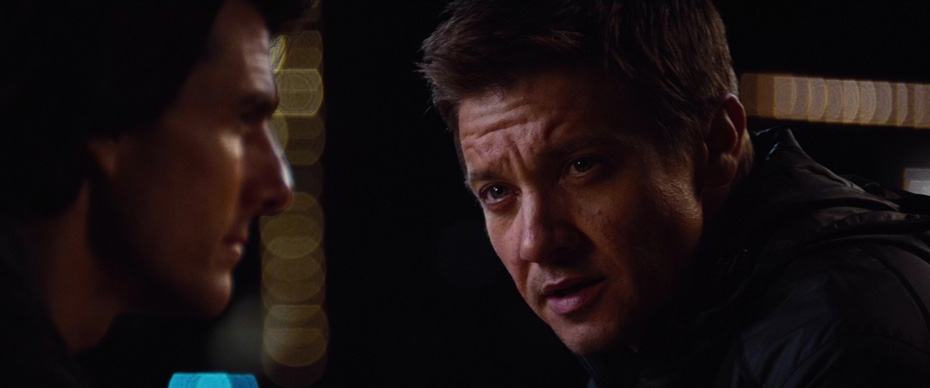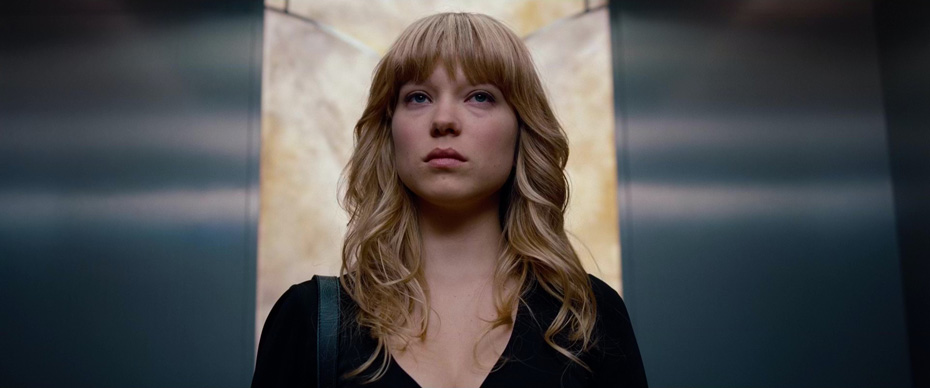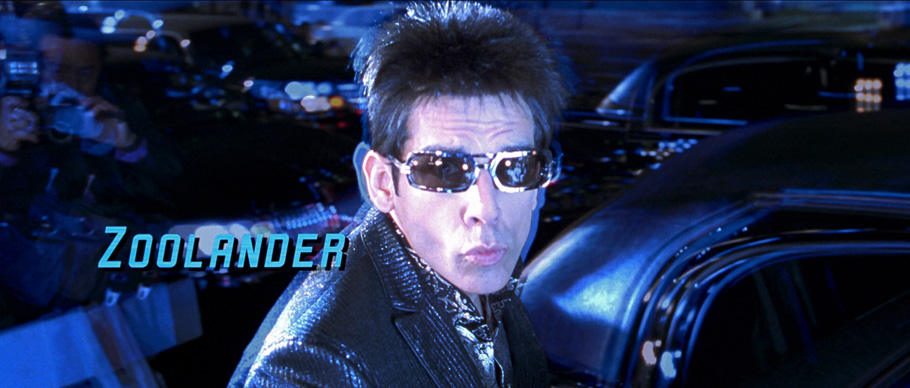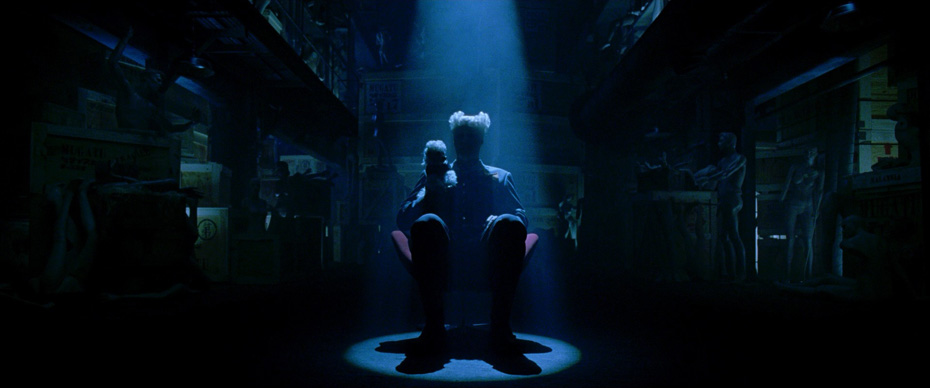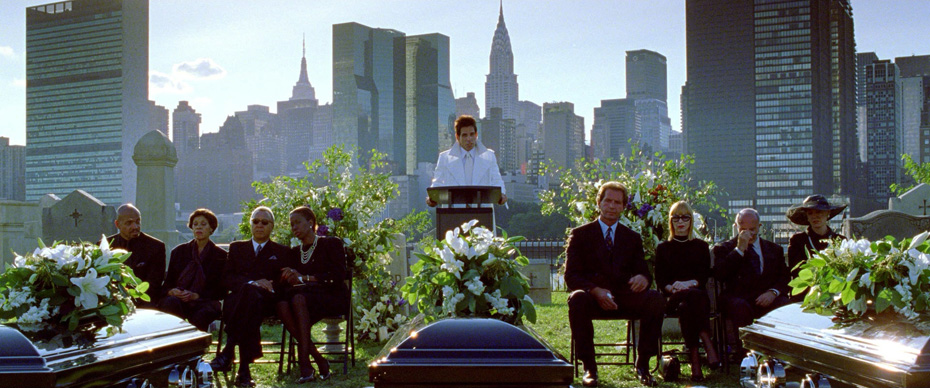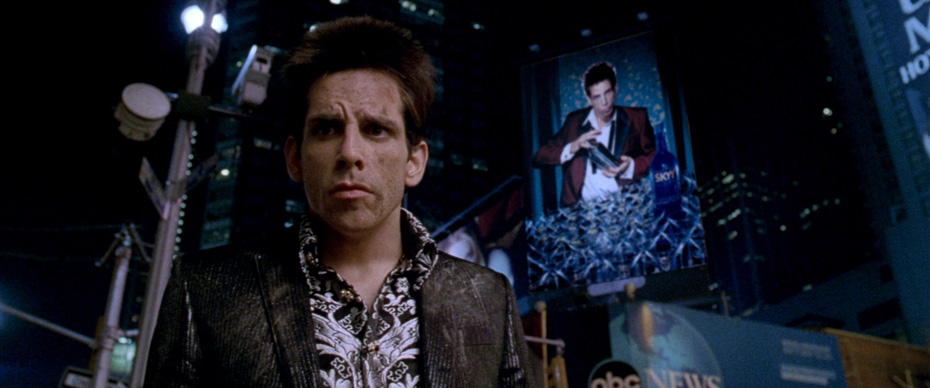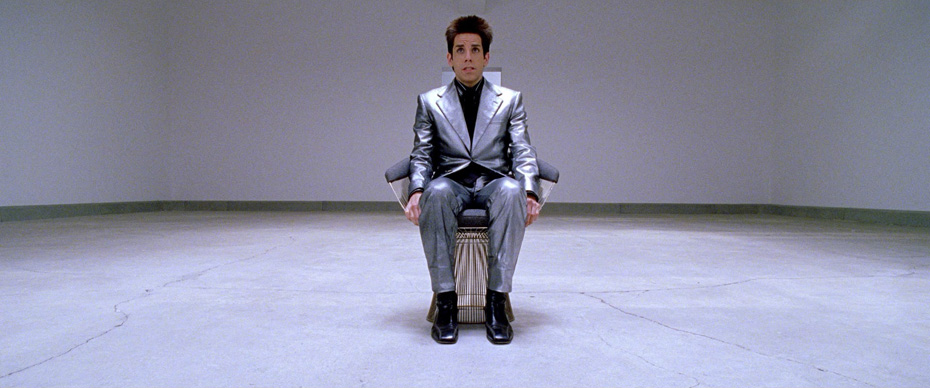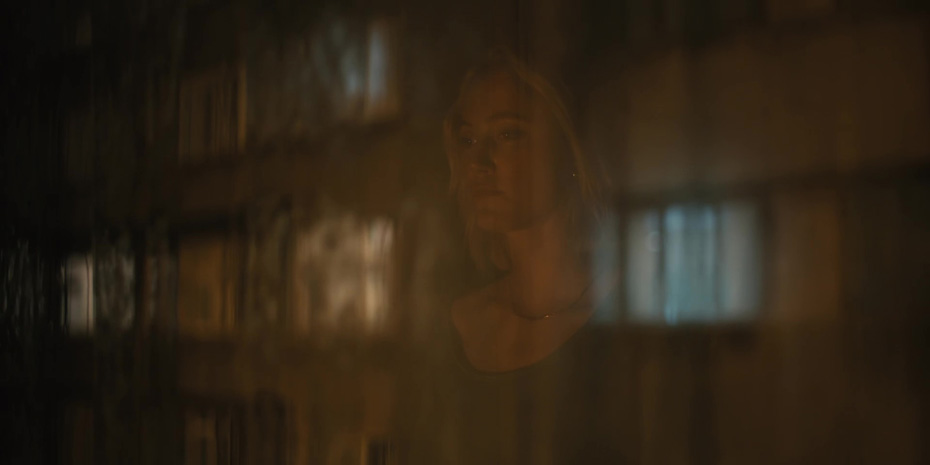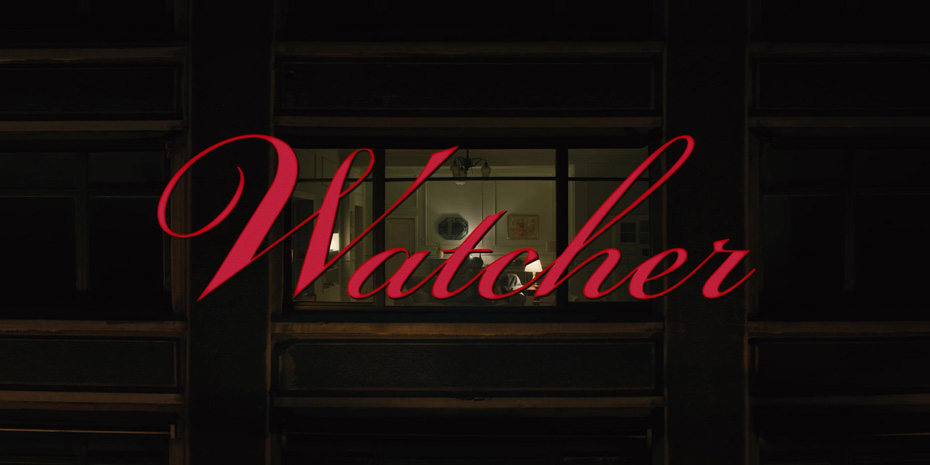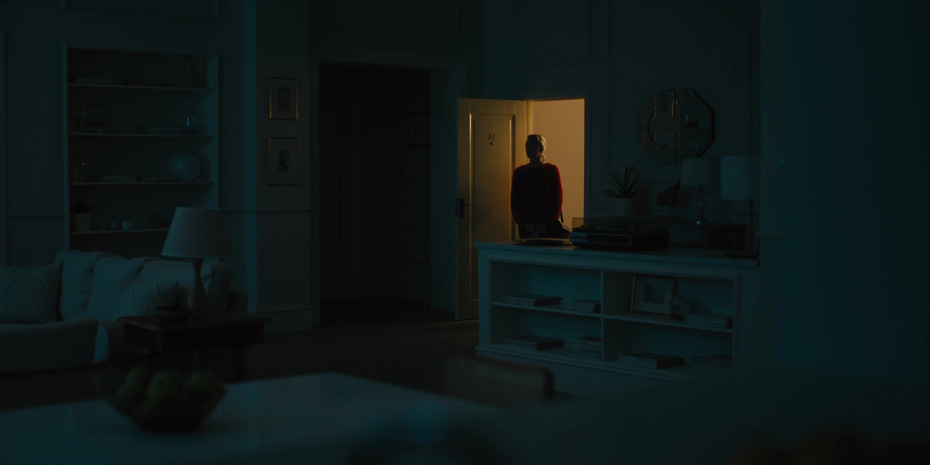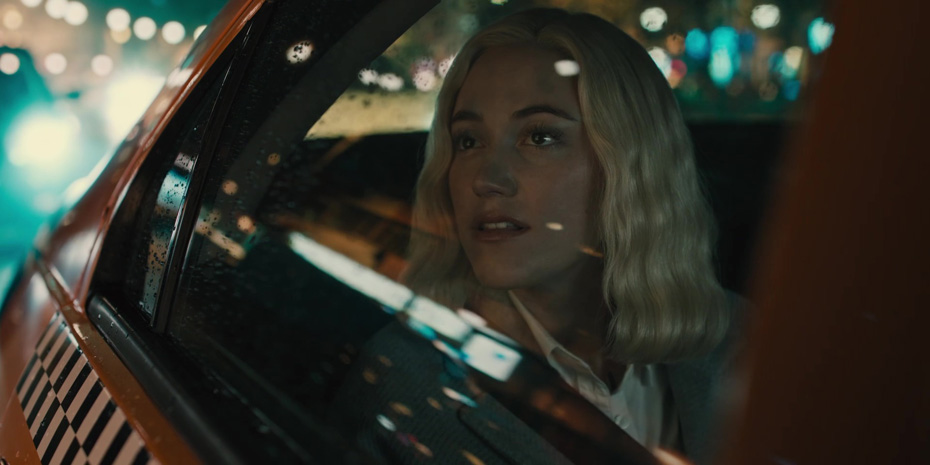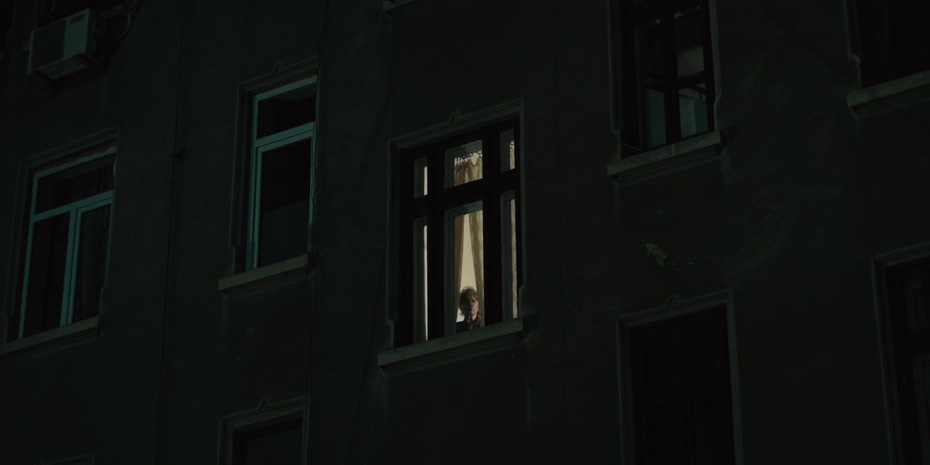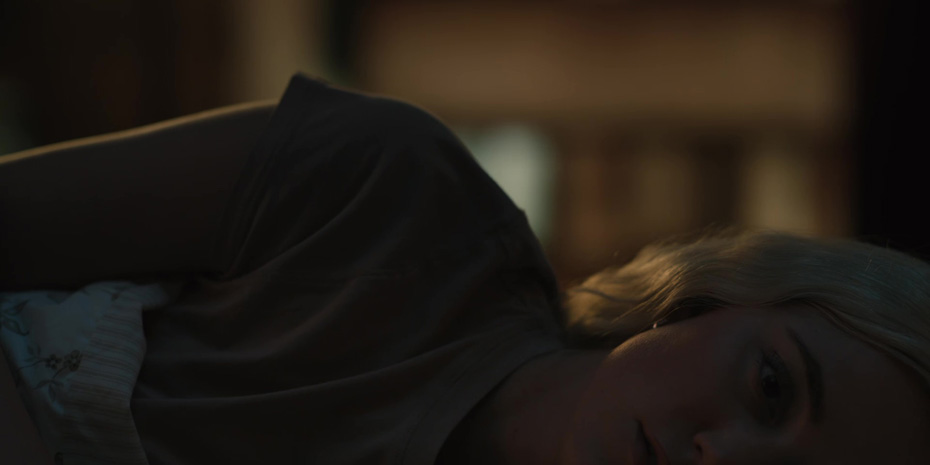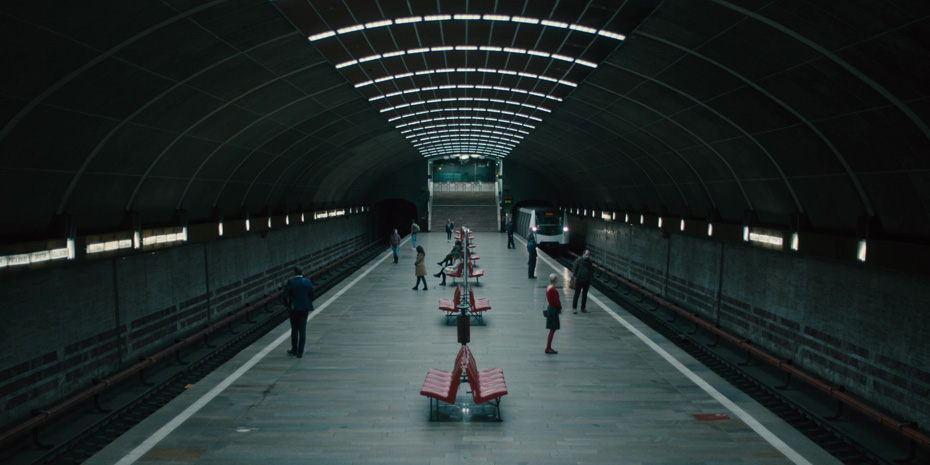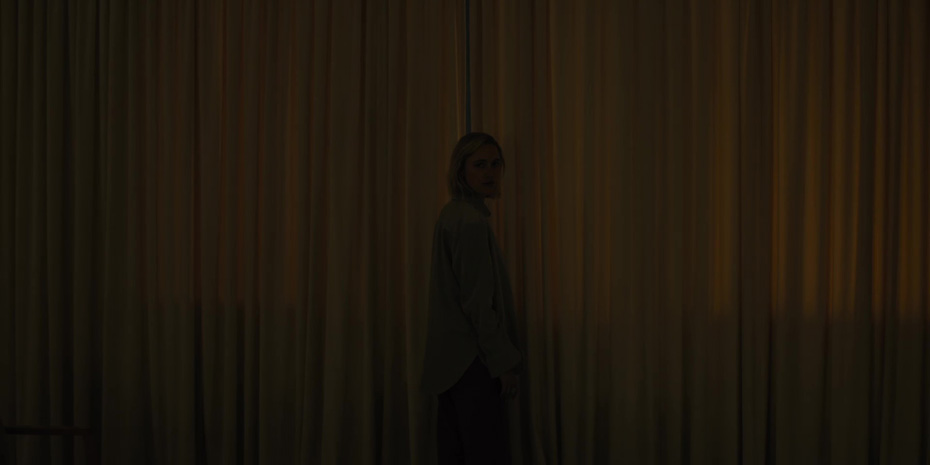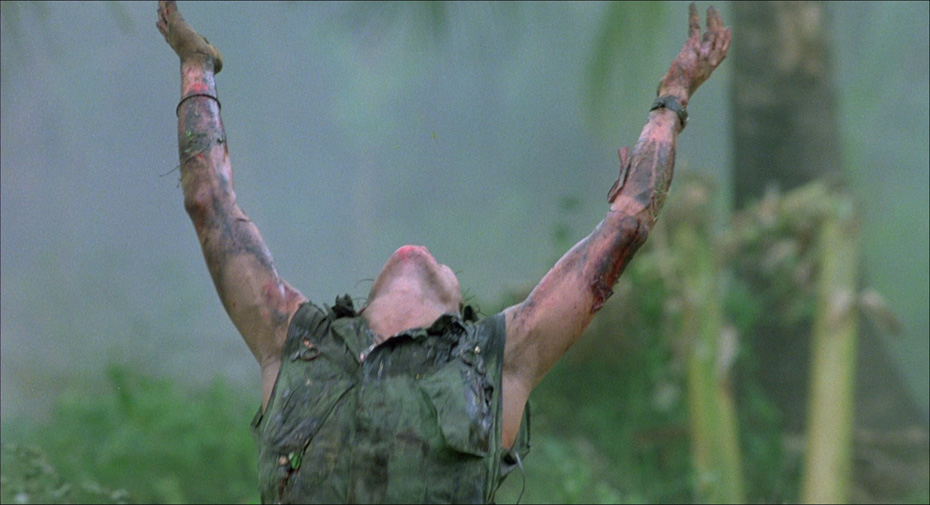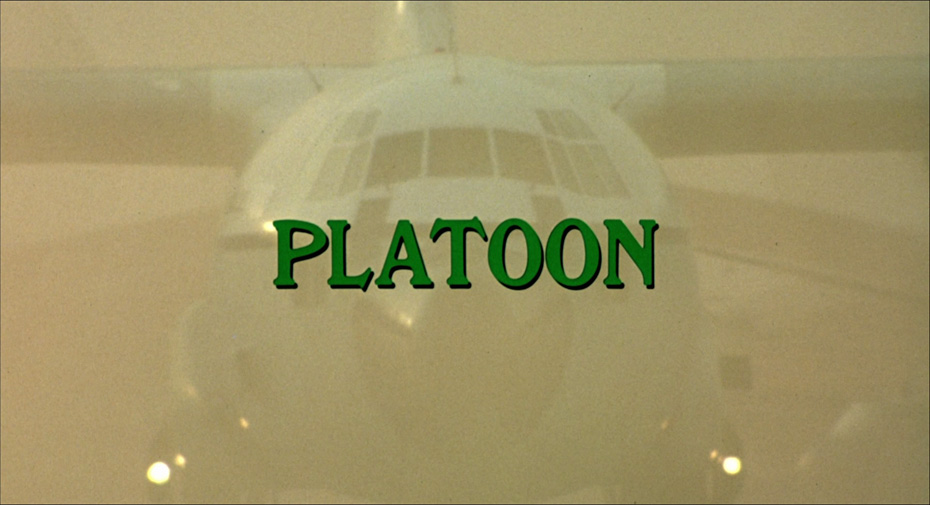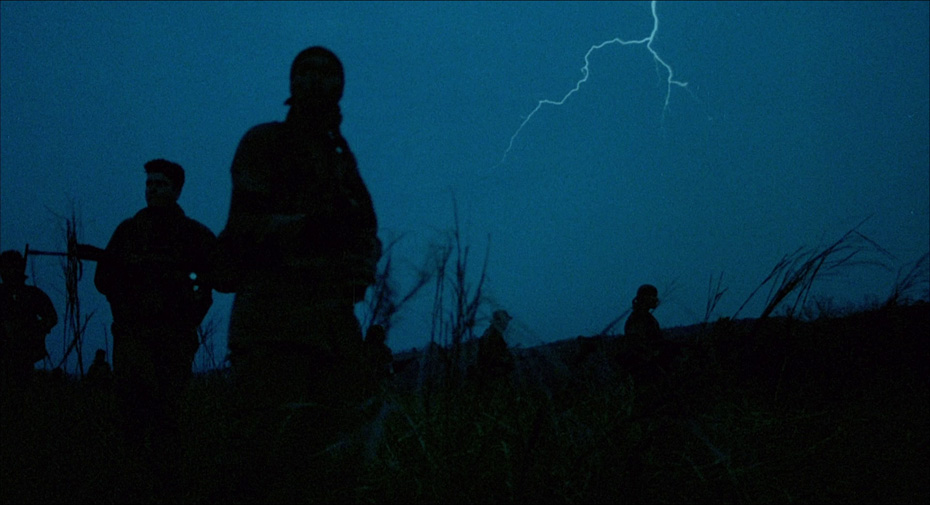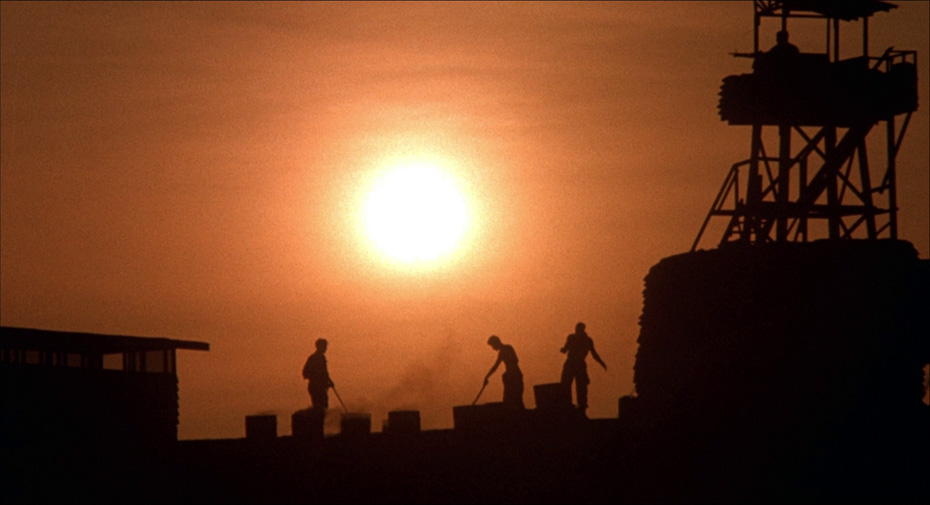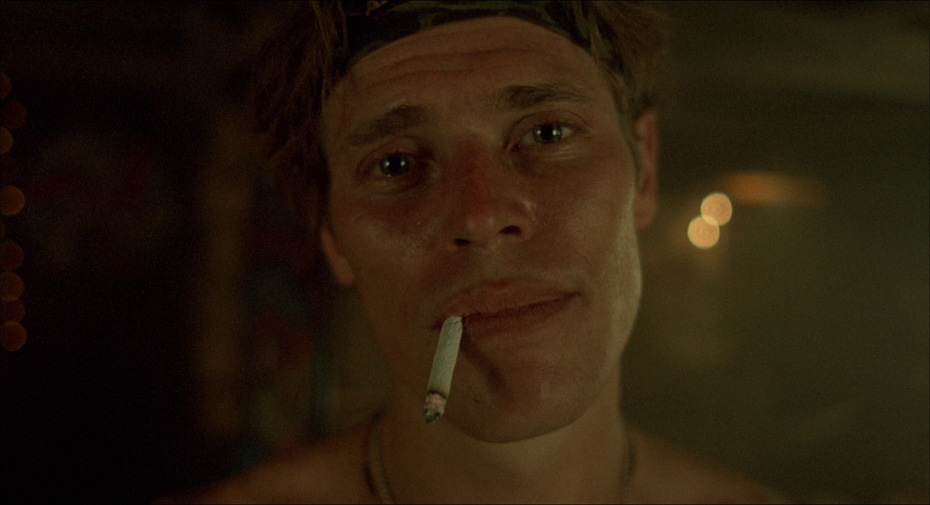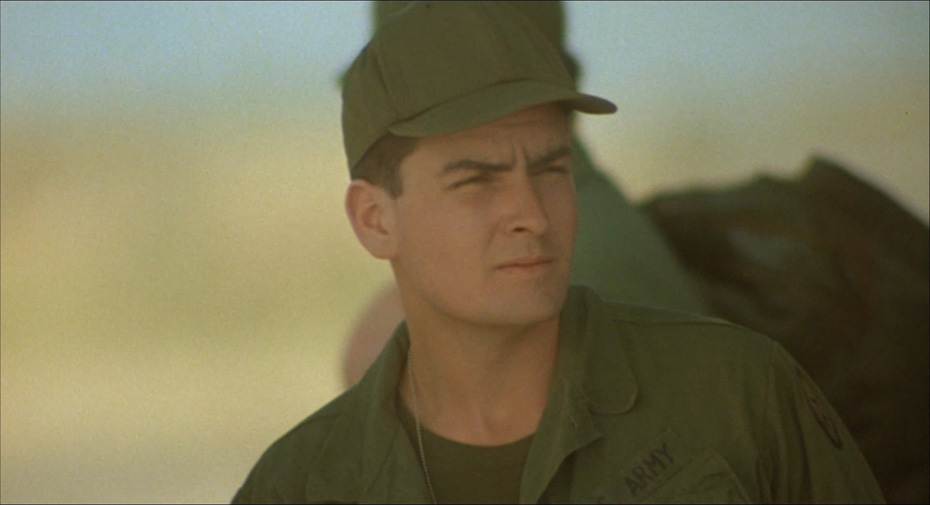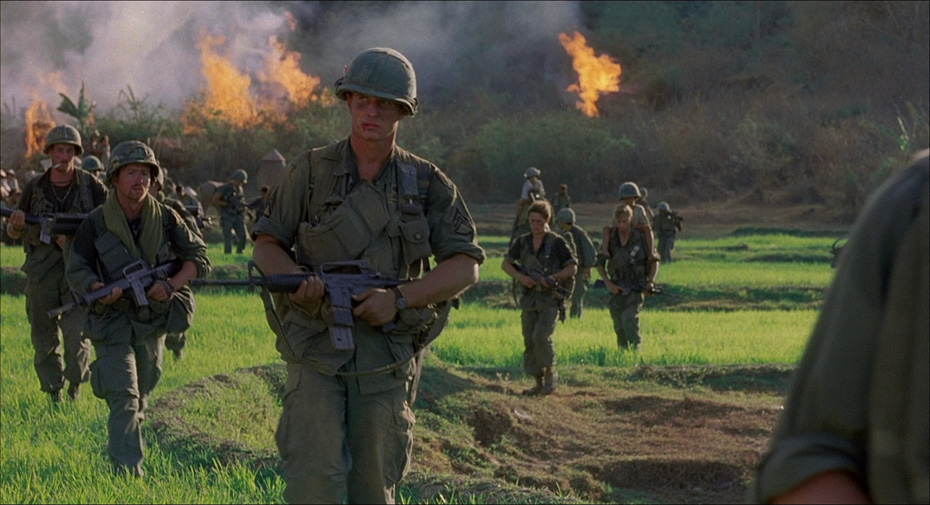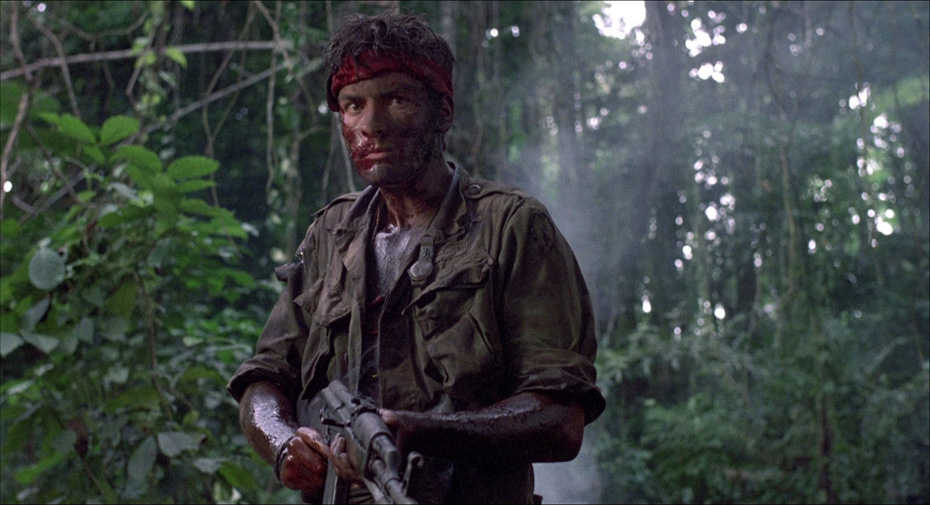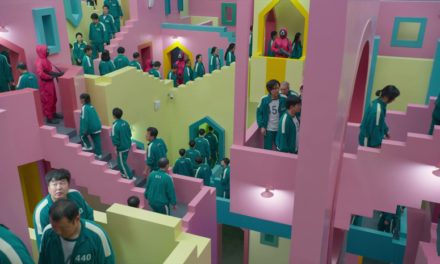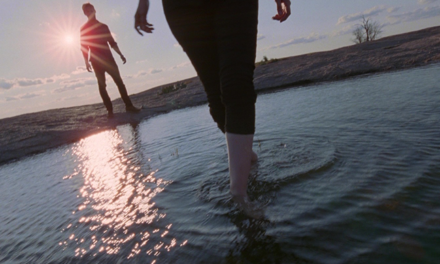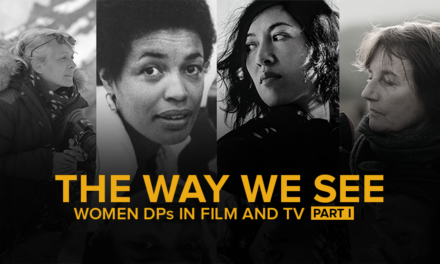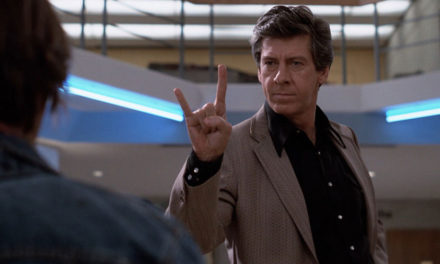THE TUESDAY DROP: 5,400+ New Shots
12.27.22 Get your Decks ready ShotDeck Community! We’ve gone a ton of new films dropping this week, including five films from the legendary Indian Director Satyajit Ray. Remember you can always request films for future drops by clicking here!
DON’T WORRY DARLING (2022)
DON’T WORRY DARLING is a 2022 American psychological thriller directed by Olivia Wilde from a screenplay by Katie Silberman (based on a spec script written by Silberman and Shane and Carey Van Dyke). The film follows an idyllic housewife living in a company town who begins to suspect that a sinister secret is being kept from the residents by the man who runs the town. The film stars Florence Pugh, Harry Styles, Wilde, Gemma Chan, KiKi Layne and Chris Pine. Don’t Worry Darling premiered at the Venice International Film Festival, and grossed $86 million from its $35 million budget. Wilde worked on the film with American cinematographer Matthew Libatique, whose credits include Black Swan, Iron Man and A Star is Born.
Libatique and Wilde decided early that the visual language of Don’t Worry Darling should be tonally reflective of the tone of the story – a life presented as seemingly perfect that becomes increasingly unnerving as manipulation, control and sexual energy fuel things to start turning upside down. Libatique collaborated closely with Production Designer Katie Byron and Costume Designer Arianne Phillips to present the veneer of idealism in camera, choosing to shoot digitally using the Arri Alexa LF, with Blackwing7 Lenses that had some irregular aberrations that would help push the idea of a distorted reality in the film. Libatique and his team decided to light the film with strong attention paid to the directionality of the sun given the time of day, given how important the passage of time was to the telling of the story. Libatique wanted to honor the path of the sun through the day in each scene, creating a visual sense of direction in the light that would help place the audience in the right time of day, as opposed to making lighting decisions based on aesthetics or a desire to backlight actors.
MEMORIA (2021)
MEMORIA is a 2021 fantasy drama produced, written and directed by Apichatpong Weerasethakul. The film stars Tilda Swinton, Elkin Díaz, Jeanne Balibar, Juan Pablo Urrego and Daniel Giménez Cacho. The film follows a Scottish woman (Swinton), who, after hearing a loud explosion sound at daybreak, begins experiencing a mysterious sensory syndrome while traveling through the jungles of Colombia. Memoria premiered at the 2021 Cannes Film Festival. Weerasethakul worked on the film with Thai cinematographer Sayombhu Mukdeeprom, who has shot films such as Suspiria, Uncle Boonmee Who Can Recall His Past Lives, and Call Me by Your Name.
Two major influences dedicated the visual style and approach of Memoria. The first was Weerasethakul and Mukdeeprom’s own style of working, built on their shared interest in natural light and fluorescent light as sources for their frames, as well as their lack of interest in the trend of commercial DPs towards very shallow depth of field. The second was Colombian painter Ever Astudillo, whose silhouettes informed the way they wanted to capture the setting of the film. Mukdeeprom opted to shoot on 35mm film, given its ability to capture the details of the natural environments they were filming in. Mukdeeprom shot using the Arricam LT and Cooke S4 lenses, rarely using anything longer than a 50mm lens. Mukdeeprom and Weerasethakul built their visual language largely on master shots, trying to capture the environments around the characters as much of the characters themselves, filming long, unbroken takes that created a meditative relationship between the spaces and the voids in the film.
THREE THOUSAND YEARS OF LONGING is a 2022 fantasy romantic drama produced, co-written and directed by George Miller, based on the short story The Djinn in the Nightingale’s Eye by A.S. Byatt. The film stars Tilda Swinton as a lonely scholar, Alithea, who finds a djinn (Idris Elba) while on vacation in Istanbul. The djinn offers Alithea three wishes in exchange for his freedom. Three Thousand Years of Longing premiered at the Cannes Film Festival. Miller worked on the film with Australian cinematographer and longtime collaborator John Seale, whose credits also include Mad Max: Fury Road, Witness and The English Patient.
Seale and Miller opted to shoot Three Thousand Years of Longing using Arri Alexa Large Format cameras. Given the complexity of the shots and sequences that Miller wanted to pull off in the film, which would require Technocrane choreography flowing through rooms, going from wide shots to extreme close-ups, the pair were looking for a specialist zoom lens that could accomplish their goals. Seale found a new Fujinon Premista 19-45 mm wide-angle zoom lens – one of only two in the world at the time – to use for this task. Seale chose it for its ability to support large-format sensors and also deliver high resolution images with a beautiful bokeh and rich tonality in its color rendition. Over 50% of the film ended up being shot using this lens, giving Three Thousand Years of Longing its unique, visually expressive look and feel.
PEAKY BLINDERS: SEASON ONE (2013)
PEAKY BLINDERS is a British period crime drama television series created by Steven Knight. Set in Birmingham, England, the series follows the exploits of the Peaky Blinders crime gang, led by the Shelby family and its figurehead, Tommy (Cilian Murphy). The fictional gang is loosely based on a real urban youth gang of the same name who were active in Birmingham from the 1880s to the 1910s. The show also stars Helen McCrory, Paul Anderson, Sophie Rundle and Joe Cole. Sam Neill and Annabelle Wallis also star in season one. Season One of Peaky Blinders played on BBC and Netflix, and won BAFTA Television Awards for Best Director: Fiction and Best Photography and Lighting: Fiction. Knight worked on the first season of the series with British Production Designer Grant Montgomery.
Knight and Grant wanted Peaky Blinders to have the aesthetic of a period drama for audiences who hate period dramas. Knight wanted the show to have a theatrical, rock-and-roll feel, and wanted that to be reflected in the design of the show as well. Montgomery and location manager Andy Morgan played the music of Arctic Monkeys, Nick Cave and White Stripes in their car as they scouted locations for the season. Knight’s core reference points included films like Metropolis and Blade Runner, which, combined with the research Montgomery had done into the period, could create a stylized, hyperreal version of Birmingham in the late 19th century. Montgomery and his team built over 48 sets for season one of Peaky Blinders, extending them with VFX to create an epic, theatrical version of Birmingham.
CHARULATA (1964)
CHARULATA is a 1964 Indian Bengali drama written and directed by Satyajit Ray, based on Rabindranath Tagore’s 1901 novella Nastanirh. The film stars Madhabi Mukherjee as Charulata, the beautiful wife of Bhupati (Shailen Mukherjee), a newspaper editor who has little time for her. When Bhupati’s cousin, Amal (Soumitra Chatterjee), visits them, Charulata starts to fall in love with him. Charulata premiered at the Berlin International Film Festival, where it won the Silver Bear for Best Director and was nominated for the Golden Bear. Today, the film is widely considered one of the finest of Ray’s career. Ray worked on Charulata with longtime collaborator and Indian cinematographer Subrata Mitra, who also shot the Apu trilogy, Nayak and The Guru.
Ray and Mitra wanted to create a cinematic language that, despite the relatively limited spatial scope of the film, would capture the epic emotional journey of its central character. Mitra and Ray designed a visual strategy that would allow for long moments without dialogue, placing the audience inside Charulata’s perspective as she watches the world go past her. Mitra and Ray designed shots and shot sequences that would fixate on Charulata before bringing the audience inside her point of view, oscillating the camera as she sat on a swing, creating a vignette to mimic the opera glasses she looked through, and using mirrors to both visualize what she was looking at as well as convey her confused state of mind as she dealt with her feelings for Amal and Bhupati.
THE HERO (1966)
THE HERO is a 1966 Indian Bengali-language drama composed, written and directed by Satyajit Ray. The film follows a matinee idol, Arindam Mukherjee (Uttam Kumar), who is on a train journey to collect an acting award. While on the train, he meets a journalist, Aditi (Sharmila Tagore), to whom he reveals his anxieties, mistakes and regrets, breaking his arrogant facade. The Hero premiered at the Indira Cinema Hall and went on to play at the Berlin International Film Festival. Ray worked on the film with longtime collaborator and Indian Production Designer Bansi Chandragupta, responsible for the production design on films such as Pather Panchali, Jalsaghar and Charulata.
While Ray and Chandragupta considered filming on location, The Hero was not filmed on an actual train, but instead in India’s NT Studios 1 and 2. Chandragupta visited the Santragachi Junction train station to observe how train components were made, and brought parts back to the studio to build a set of the Rajdhani Express. The exterior train sequences were filmed of the actual train journey from Kolkata to Delhi, while the station scenes were shot on location at Howrah Station and the Khanyan Station.
DEVI (1960)
DEVI is a 1960 Indian Bengali drama film written and directed by Satyajit Ray, based on a short story by Provatkumar Mukhopadhyay. The film stars Sharmila Tagore and Soumitra Chatterjee, and follows a man who tries to save his wife from death, as his father believes her to be the reincarnation of the goddess Durga. Devi premiered at the 1962 Cannes Film Festival, where it was nominated for the Palme d’Or. Devi is today considered to be one of Ray’s masterpieces, and has been a major influence on filmmakers such as William Wyler, Elia Kazan and Francis Ford Coppola. Ray worked on Devi with longtime collaborator and Indian Production Designer Bansi Chandragupta, himself an icon of Indian cinema, responsible for the Production Design on films such as Pather Panchali, Jalsaghar and Charulata.
Considered by many critics to be one of Ray’s first overtly political films, Devi explored and dramatized the ways in which the symbolic deification of women could come at the cost of their material agency. Ray and Chandragupta wanted the design of the world to be reflective of the ways in which Doyamoyee was trapped by her husband. Chandragupta and Cinematographer Subrata Mitra collaborated closely to ensure that elements of the house’s design were organically composed into the shots of the film to create a visual subtext of Doyamoyee’s entrapment in this world. Chandragupta himself left a legacy of innovation in the world of Production Design at large. He is the first Production Designer credited with the use of Plaster of Paris on his sets, mixing thick brown paper with cotton sheets to build the interior walls of sets. Chandragupta was intent on creating details that would give sets a time-worn look, via techniques such as charring wood and washing objects with caustic soda.
THE BIG CITY (1963)
THE BIG CITY is a 1963 Indian Bengali-language drama film written and directed by Satyajit Ray. Based on the short story Abataranika by Narendranath Mitra, the film tells the story of a housewife named Amati (Madhabi Mukherjee) who defies her traditionalist husband Subrata (Anil Chatterji) and his family by getting a job as a door-to-door saleswoman. The film also stars Haradhan Banerjee and Jaya Bachchan. The Big City premiered at the Berlin International Film Festival, where it was awarded the Silver Bear for Best Director. When it later screened at a film festival in Dhaka, enormous crowds, including thousands of women, queued for hours to see the three screenings at the festival – starting a small riot when there weren’t enough seats and prompting the festival organizers to set up ten additional shows that ran consecutively for 24 hours. Today, it is considered one of the finest films of Ray’s career and a pioneering film in the portrayal of women in South Asian cinema. Ray worked on the film with Indian cinematographer and longtime collaborator Subrata Mitra.
For Ray and Mitra, the visual language employed in telling the story of The Big City needed to be deeply embedded in the sociopolitical and moral position that they took as filmmakers authoring the story. Unlike the Italian Neorealists, Ray and Mitra wanted to avoid the techniques typical of Western realist cinema such as handheld camerawork, first-time actors and harsher editing schemes. Instead, they believed in the mainstream Hollywood aesthetics that dictated narrative linearity, but also in a sense that the filmmaking should not take precedence over the story or the acting. Mitra did not move the camera unless motivated by the characters, and he and Ray designed the shots to fall into an editorial language that wouldn’t draw attention to itself beyond the needs of the story in that moment.
THE MUSIC ROOM (1958)
THE MUSIC ROOM is a 1958 Indian Bengali-language drama written and directed by Satyajit Ray, based on the short story by Bengali writer Tarasankar Bandyopadhyay. The fourth of Ray’s feature films, The Music Room stars Chhabi Biswas as Biswambhar Roy, a wealthy landlord and great connoisseur of music, whose attempts to uphold his family’s prestige are thrown into chaos when his self-made neighbor organizes a music festival. The film also stars Padmadevi, Pinaki Sengupta, Gangapada Basu, Tulsi Lahiri, Kali Sarkar, and Waheed Khan. The Music Room was released to a poor critical reception in India, but went on to grow in its reputation domestically and internationally. The film became the most successful Indian film in France until the release of Salaam Bombay!, and is today widely regarded as one of the finest Indian films ever made. Ray worked on the film with regular collaborator and Indian production designer Bansi Chandragupta.
Ray and Chandragupta found their location for the film at a palace at Nimtita, in the Murshidabad district of Bengal across the river from then East Pakistan (now Bangladesh). The only limitation of the palace was that it lacked a music room opulent enough for the film, and designing and constructing this space became the only build of the shoot. The set was the biggest of any film Ray had directed. Sadly, the set, which had space for overhead shots, led to a tragic accident where a crane toppled and fell, killing one crew member and severely injuring another.
FAYA DAYI (2021)
FAYA DAYI is a 2021 American-Ethiopian documentary film directed, written, produced by and starring Jessica Beshir. The film takes a spiritual journey into the highlands of Harar, eastern Ethiopia, and its rituals of eating khat, a leaf that Sufi Muslims chewed for centuries for the purpose of religious meditations, and now Ethiopia’s most lucrative cash crop. Faya Dayi premiered at the 2021 Sundance Film Festival. Beshir worked as the cinematographer of the film as well.
Beshir funded and worked on Faya Dayi by herself over the course of several years, returning to Ethiopia annually to film more scenes, using a Canon EOS 5D mark II camera. Despite Harar being a very colorful place, Beshir decided that the story wanted the film to be shot in black-and-white. This technique would allow her and the story to focus on what was inside the characters and the spaces she was filming, rather than being distracted by the beauty of the colors.
GLADIATOR (2000)
GLADIATOR is a 2000 epic historical drama directed by Ridley Scott and written by David Franzoni, John Logan and William Nicholson. The film stars Russell Crowe as Maximus, a general in the army of Emperor Marcus Aurelius (Richard Harris), who is murdered by his son Commodus (Joaquin Phoenix). As Commodus takes the throne, he orders a failed attempt on Maximus’s life, which eventually leads Maximus to a life as a gladiator fighting for eventual revenge. Connie Nelson, Djimon Honsou and Tommy Flanagan also star. Gladiator earned over $460 million from its $103 million budget upon its release, winning Academy Awards in the Best Costume Design, Best Sound, Best Visual Effects, Best Actor (Crowe) and Best Picture categories. Scott worked on the film with American production designer and longtime collaborator Arthur Max, who went on to work with Scott on all of his subsequent productions.
Scott, Max and the research team hired for Gladiator operated from a foundation of historical accuracy to ancient Rome, which was then adjusted as the needs of the story would dictate. Max and Scott particularly relied on 19th Century Romantic and Orientalist era paintings as inspiration for the look of the film, given their ability to visualize the imagined world of ancient Rome. The shoot required massive scale builds for Scott and his team. They built two-thirds of the Colosseum, due to budget constraints, extending the rest using VFX. The set would be dressed according to the perspective of each day’s shoot. The Provincial Arena where Maximus first learns to fight was made with traditional brick-building methods, with 20,000 mud bricks made and dried in the sun using mud, straw and dung. The Imperial Palace, a 90×260 foot set built on a platform, was partially destroyed by a typhoon – a happy accident that in Scott’s opinion helped age the set nicely for the film.
MISSION: IMPOSSIBLE – GHOST PROTOCOL is a 2011 American action spy film directed by Brad Bird (in his live-action directorial debut) and starring Tom Cruise. The film is the fourth in the Mission: Impossible film series, and also stars Simon Pegg, Jeremy Renner and Paula Patton. The film follows Ethan Hunt (Cruise) and the IMF after they are wrongly accused of bombing the Kremlin, sending them into a race against time to find the real culprits and clear their names. Mission: Impossible – Ghost Protocol grossed over $694 million from its $145 million budget, becoming the fifth highest-grossing film of the year and the highest grossing film of Cruise’s career up to that point. Bird worked on the film with American cinematographer Robert Elswitt, whose credits include There Will Be Blood, Boogie Nights, Michael Clayton and Nightcrawler.
For Bird, making the transition from animated films to live action films required him to rethink his relationship to executing the story. In animation, executing a shot would be an incremental process, iterated over and over until it looked the way everyone wanted. However in live action, that iteration occurs in a more immediate environment, reliant upon the coordination of the crew in the moment. Bird relied on Elswit to help guide the camera and lighting departments through this process, especially given that they had also chosen to shoot the film on IMAX film, rather than digitally. Bird and Elswit felt that the IMAX medium would allow the audience more immersion due to its brighter, higher quality image and the larger screens it would play on, as well as bring a certain level of showmanship to the filmmaking that is less visible in digitally filmed movies.
ZOOLANDER (2001)
ZOOLANDER is a 2001 American comedy co-written, directed by and starring Ben Stiller as Derek Zoolander, a model who loses hope when his rival, Hansel (Owen Wilson) wins a coveted title. In a bid to revive his career, the evil designer Mugatu (Will Ferrell) offers him a runway show, but simultaneously hypnotizes him to trick him into assassinating the Prime Minister of Malaysia. Christine Taylor, Jerry Stiller, Milla Jovovich and Jon Voight also star. Zoolander grossed over $60 million from its $28 million budget, spawning a sequel and an animated series. Stiller worked on the film with American Costume Designer David Robinson, whose credits include The Equalizer, 21 Bridges and The Perks of Being a Wallflower.
Robinson wanted to take the fashion aspect of the film as seriously as possible, feeling that it would help give the film a sense of sincerity that could live underneath its satirical nature. Stiller and Robinson wanted the jokes and humor to be contextual to the film, allowing the audience to laugh whether they knew anything about fashion or not. Robinson’s costume design happened in close collaboration with the Production Design department as well – trying to design costumes that adhered to the strict rules for each character (e.g. always include Mugatu’s name on his clothes), as well as worked to contrast against or blend in with the environments in which a scene was taking place.
WATCHER (2022)
WATCHER is a 2022 American psychological thriller written and directed by Chloe Okuno in her feature directorial debut, based on an original screenplay by Zack Ford. The film stars Maika Monroe, Karl Glusman and Burn Gorman, and follows a young actress, Julia (Monroe), who notices a mysterious stranger watching her from across the street in the new town she’s moved into – as a serial killer stalks the city. Watcher premiered at the Sundance Film Festival. Okuno worked on the film with Danish cinematographer Benjamin Kirk, who she had worked with on her thesis short film when the pair were both students at the AFI Conservatory.
Kirk and Okuno wanted the visual language of Watcher to evolve alongside the emotional state of Julia, with a clear set of rules that would help the audience emotionally understand where they were being placed in the story. When the audience needed to feel what Julia was feeling, Kirk brought the camera close to her as a way of connecting the audience in space with her. Whenever they would jump to wider shots, Kirk shot with a long focal length, adding foreground elements out of focus that would give the sense that someone is watching her, as well as to trap Julia in the frame. Kirk and Okuno were inspired by films such as Seven, The Tenant and Rosemary’s Baby for tone and lighting choices, as well as Klute and Birth, which they felt had a grittiness and sense of contrast in their lighting designs, but also prioritized the audience’s emotional connection with the characters throughout the film. Kirk shot the film on the Arri Alexa Mini LF using Vantage one4 lenses, which helped create a shallower depth of field that would isolate Julia, and a sense of heightened realism with the modern lenses.
PLATOON (1986)
PLATOON is a 1986 American war film written and directed by Oliver Stone, starring Tom Berenger, Willem Dafoe, Charlie Sheen, Keith David, Kevin Dillon, John C. McGinley, and Forest Whitaker. The film, based on Stone’s experience from the war, follows a U.S. Army volunteer (Sheen) serving in Vietnam while his Platoon Sergeant and his Squad Leader (Berenger and Dafoe) argue over the morality in the platoon and of the war itself. Platoon is the first of a trilogy of films from Stone about the Vietnam War, followed by Born on the Fourth of July (1989) and Heaven & Earth (1993). Platoon grossed over $138 million from its $6 million budget and was nominated for eight Academy Awards, winning for Best Picture, Best Director, Best Sound and Best Film Editing. In 2019, the film was added to the US National Film Registry by the Library of Congress. Stone worked on the film with Italian Production Designer Bruno Rubeo, whose filmography also included Born on the Fourth of July, Driving Miss Daisy, and Kindergarten Cop.
Production for Platoon took place on the island of Luzon in the Philippines, over 54 days. Stone and Rubeo made a deal with the Philippine military for use of their equipment over the course of the shoot, and Stone wanted to shoot the film chronologically, all as part of creating an experience that was as authentic to the actors and the crew as possible. The approach also led to a harrowing shoot, which included an immersive 30 day military training program for the actors that included food and water deprivation, as well as sleep deprivation. Rubeo and the locations team found locations in Mount Makiling, Laguna for the forest scenes, Cavite for the river and village scenes, and Villamor Air Base near Manila for scenes at the air base.

